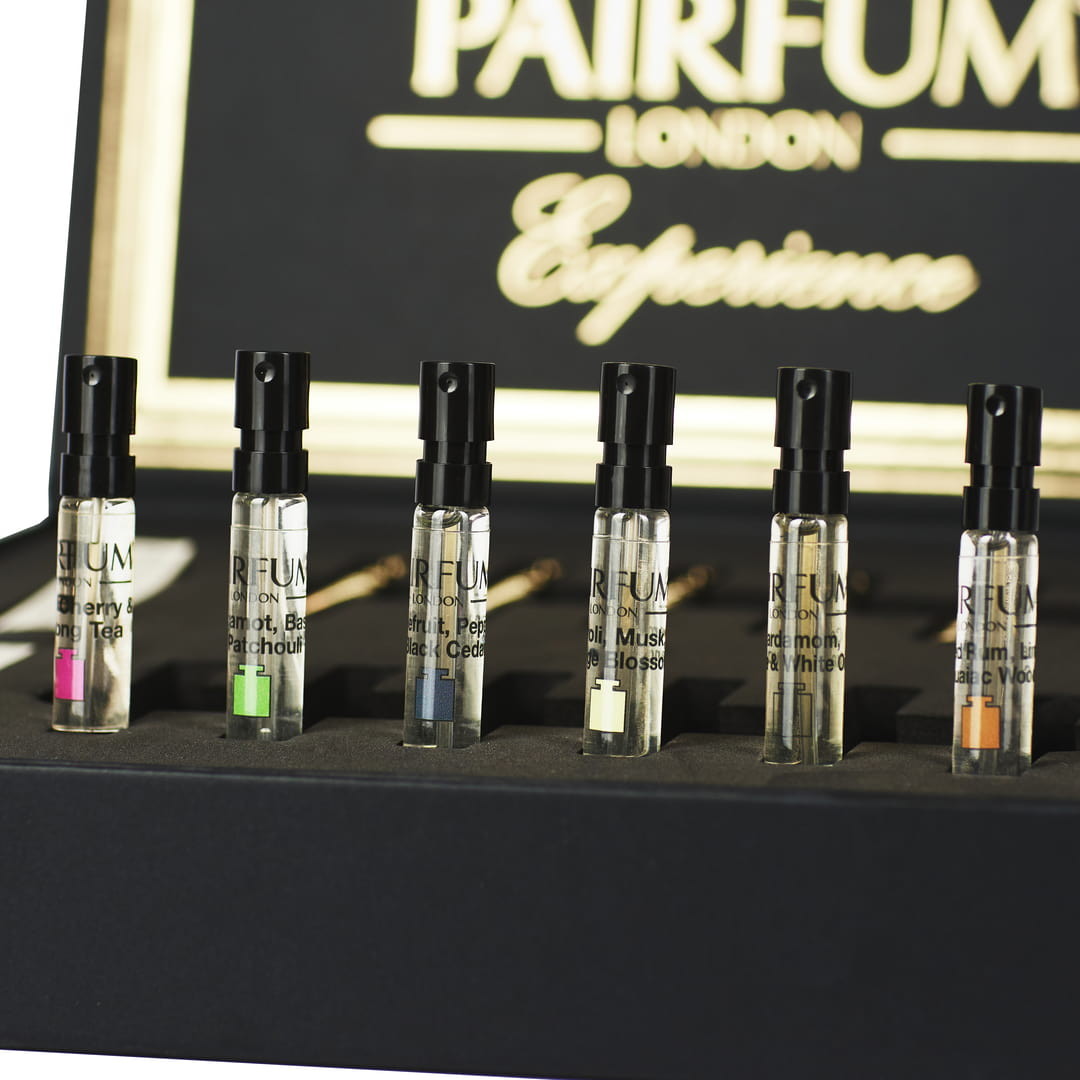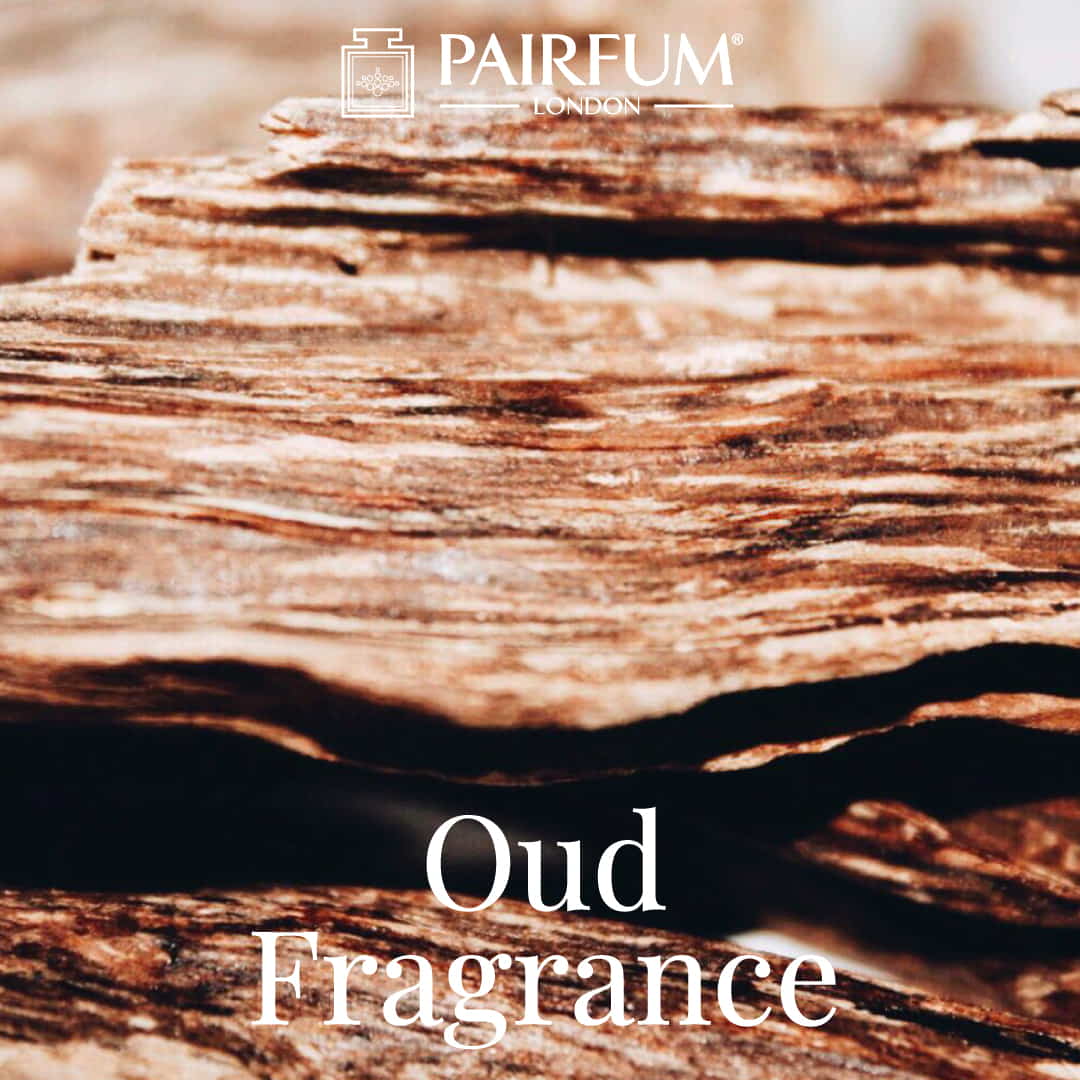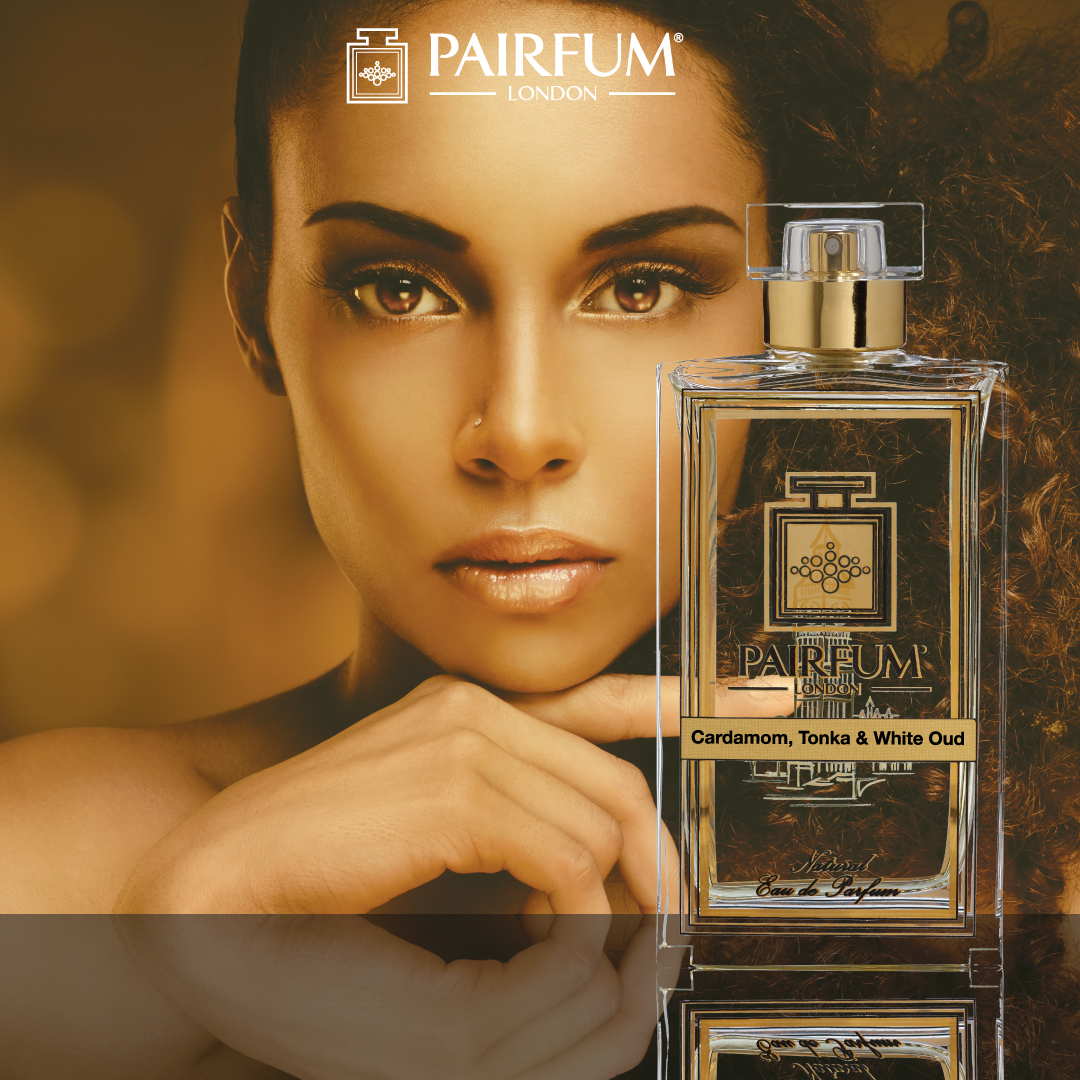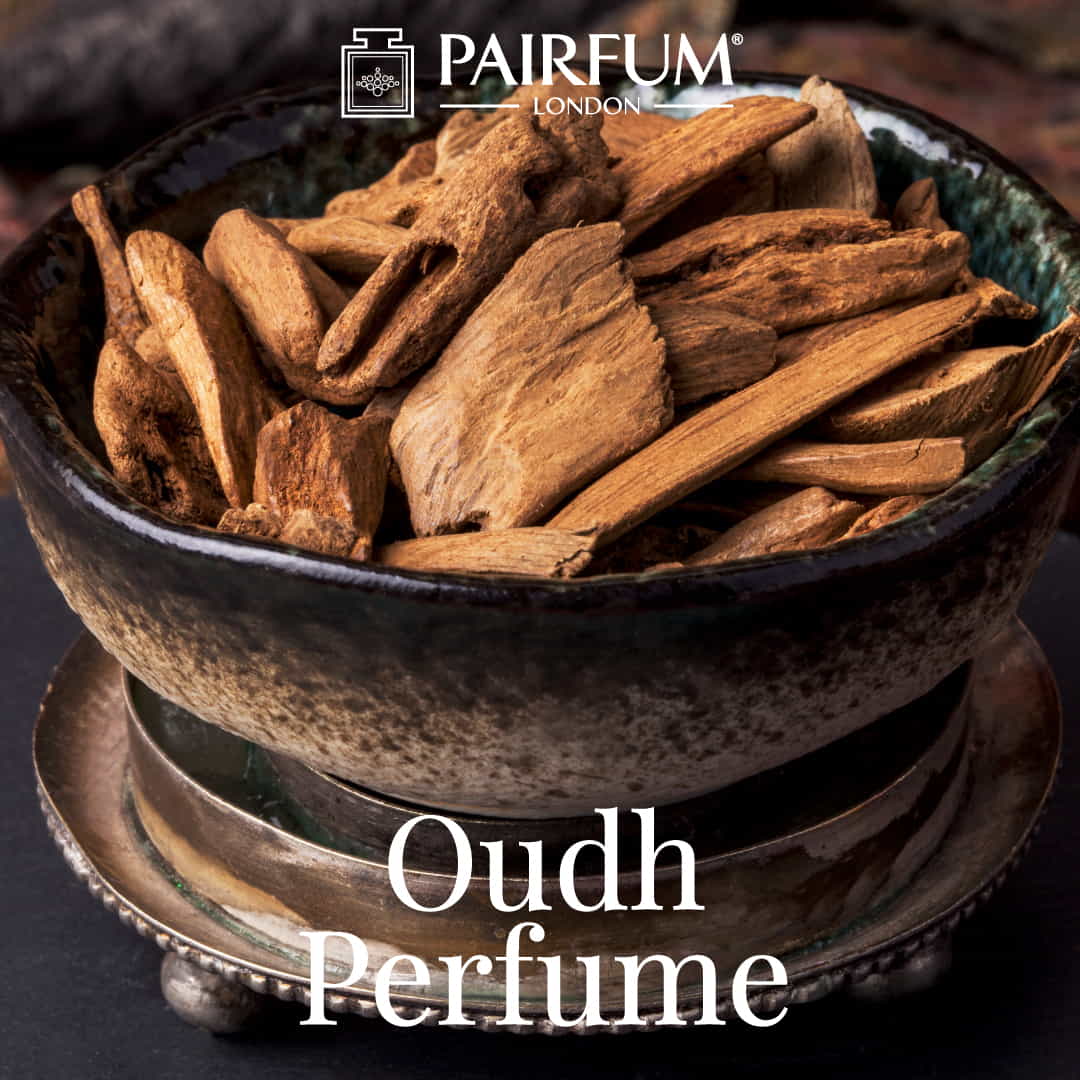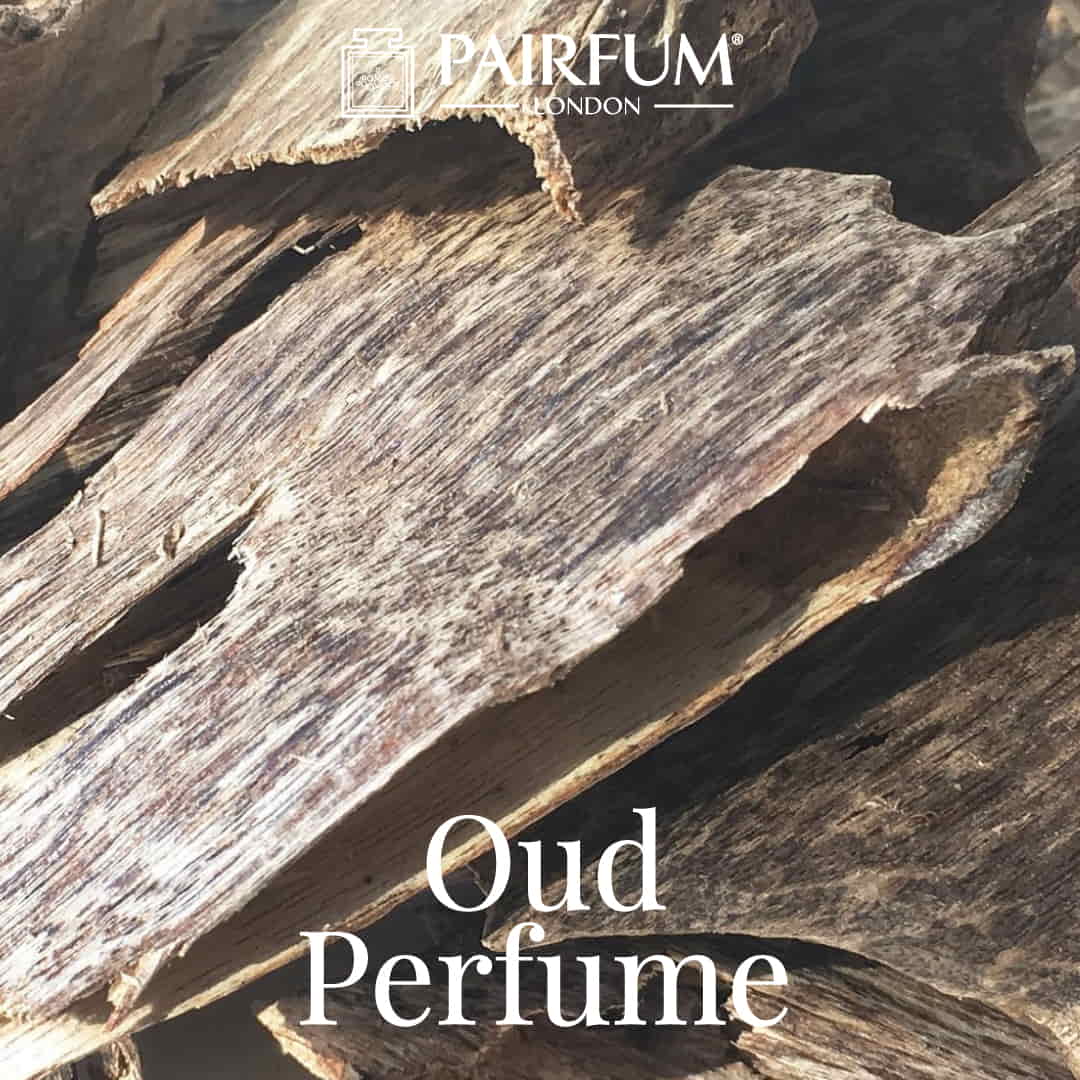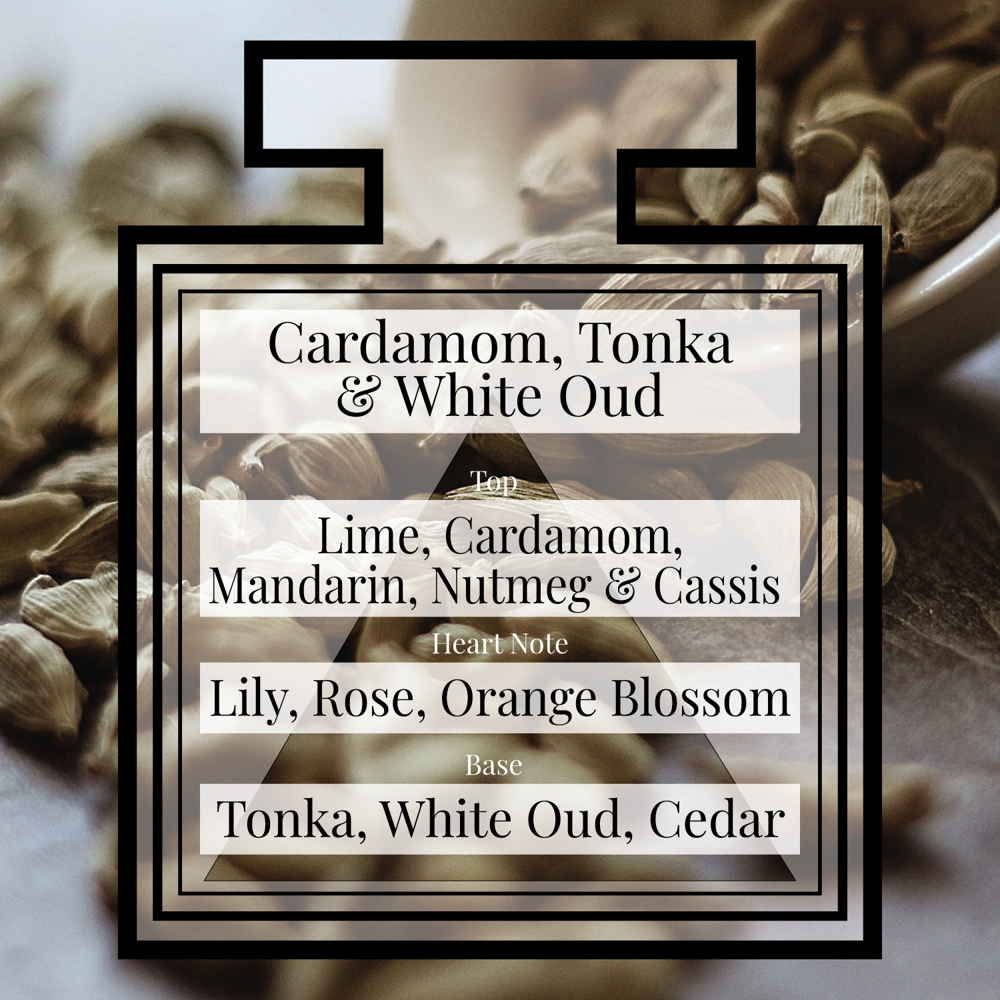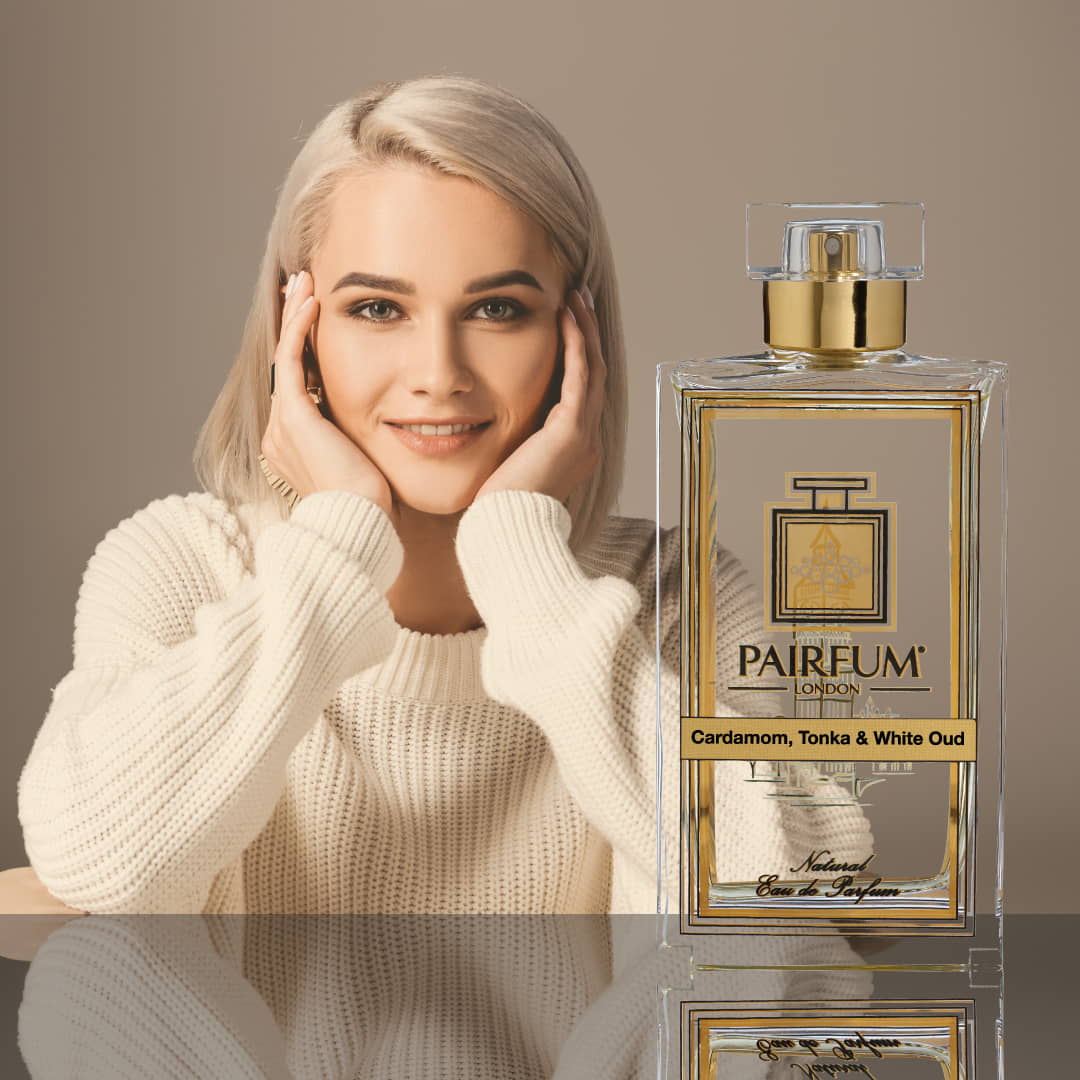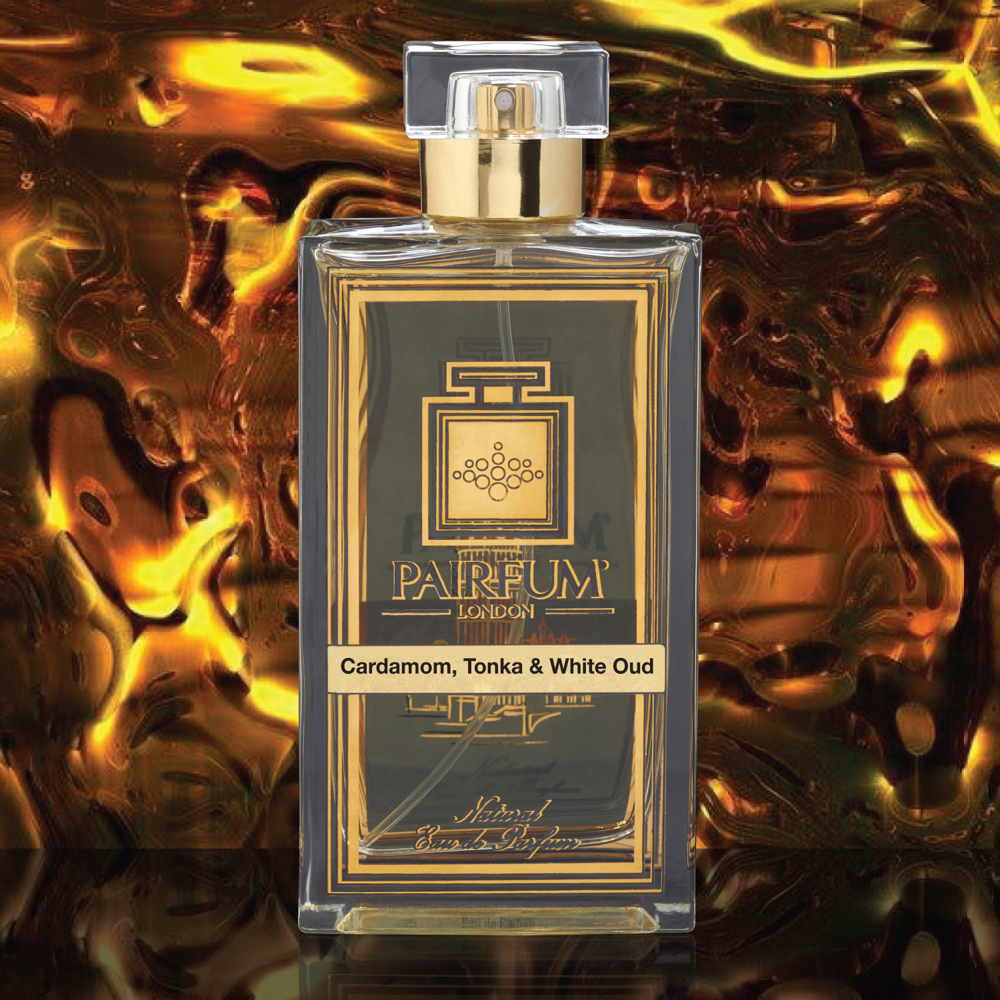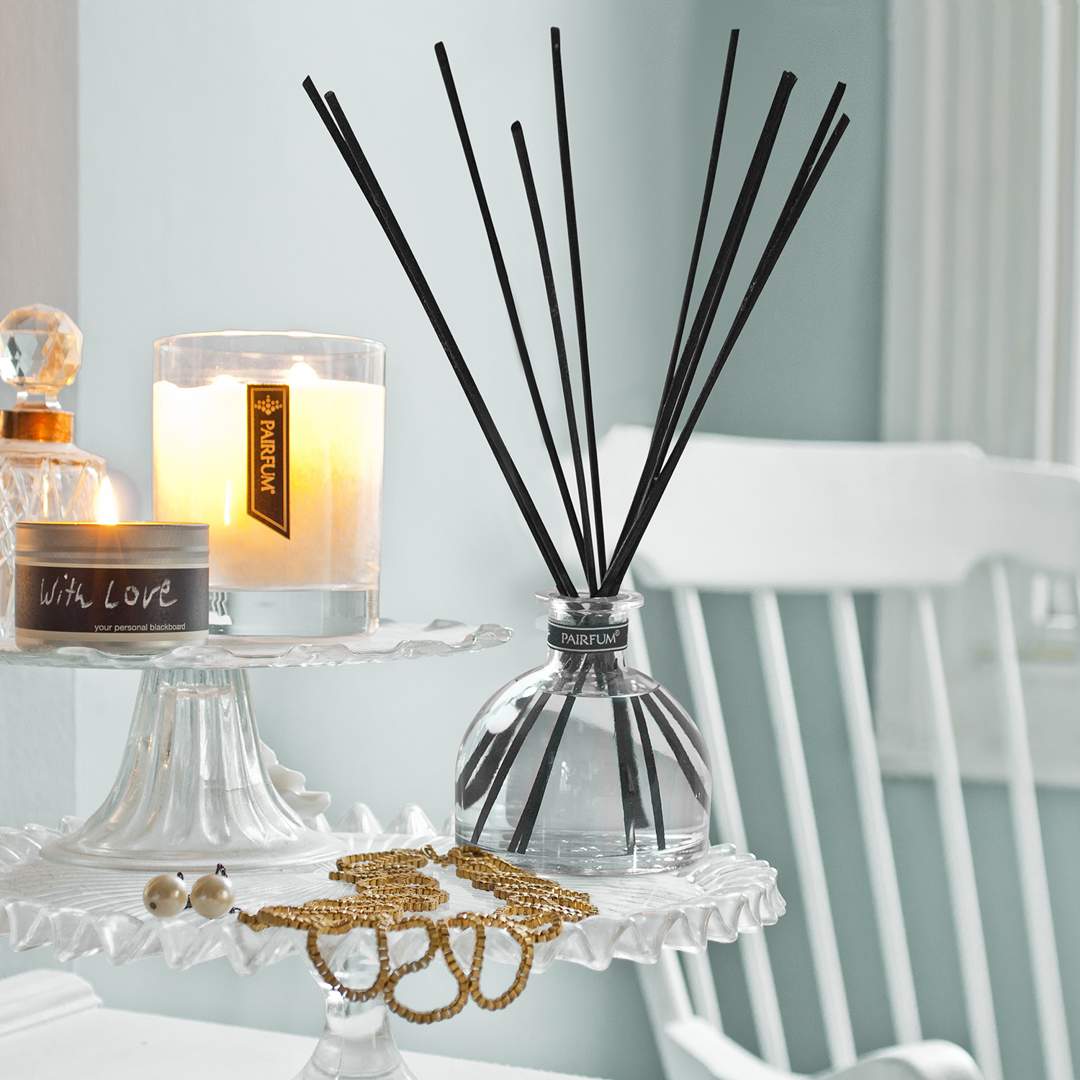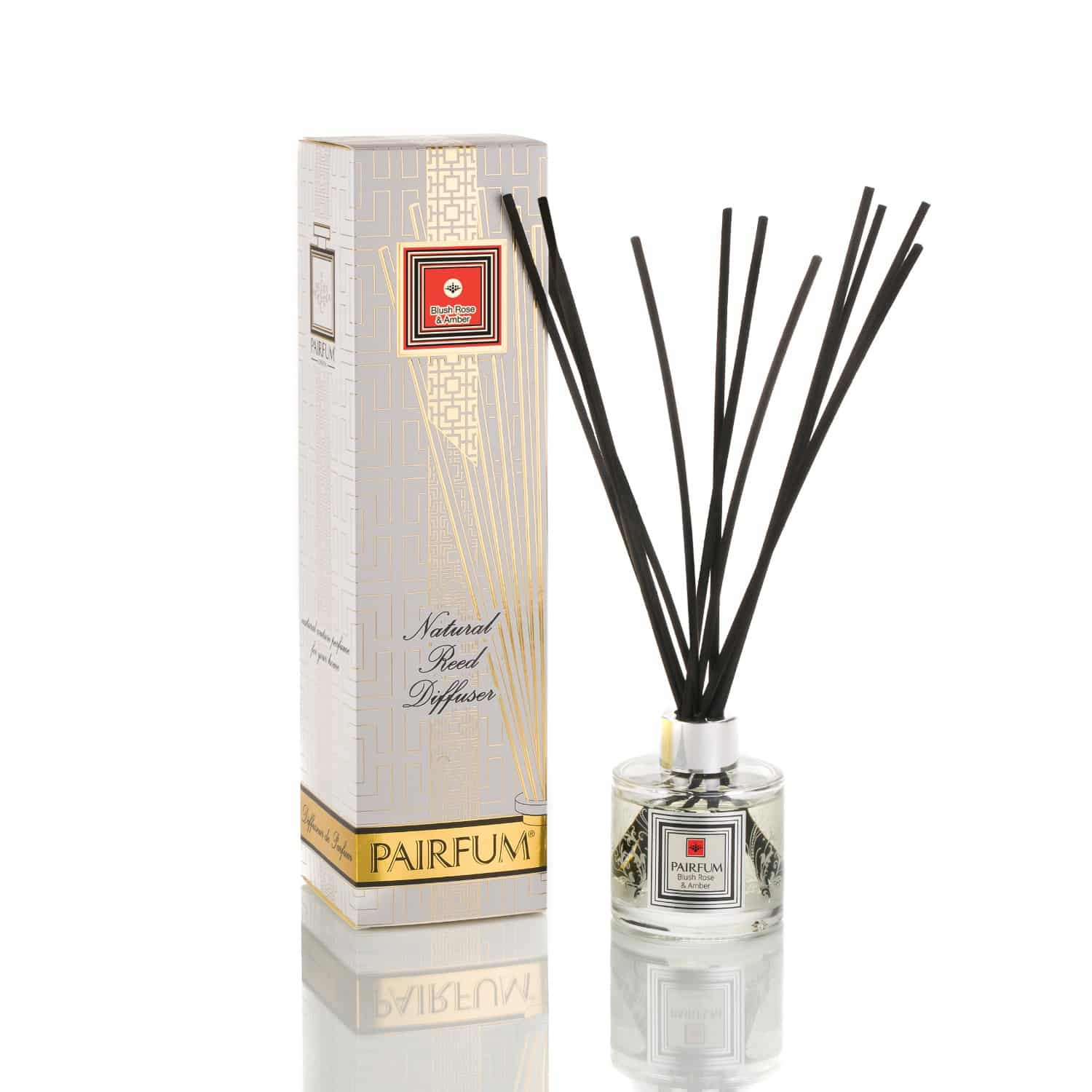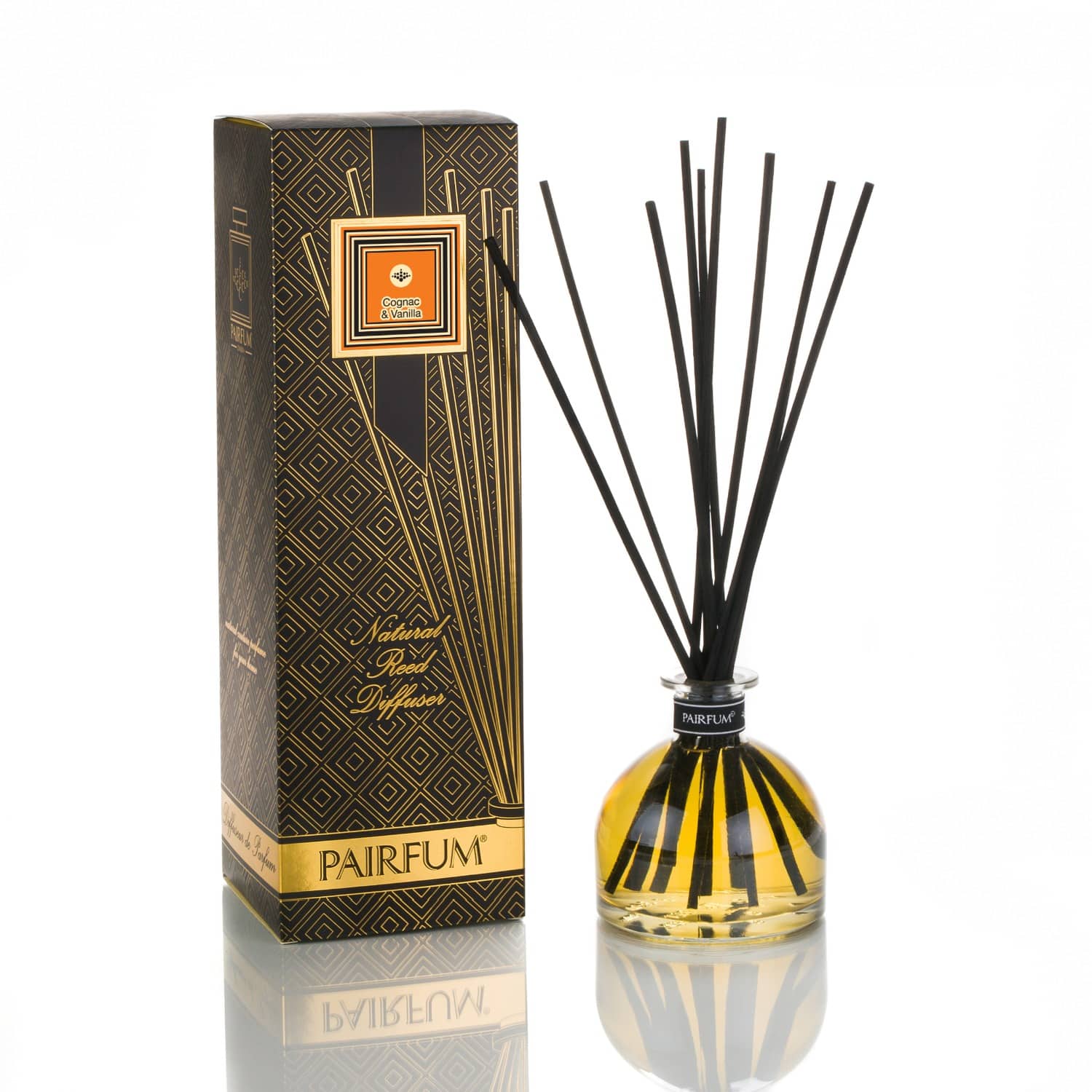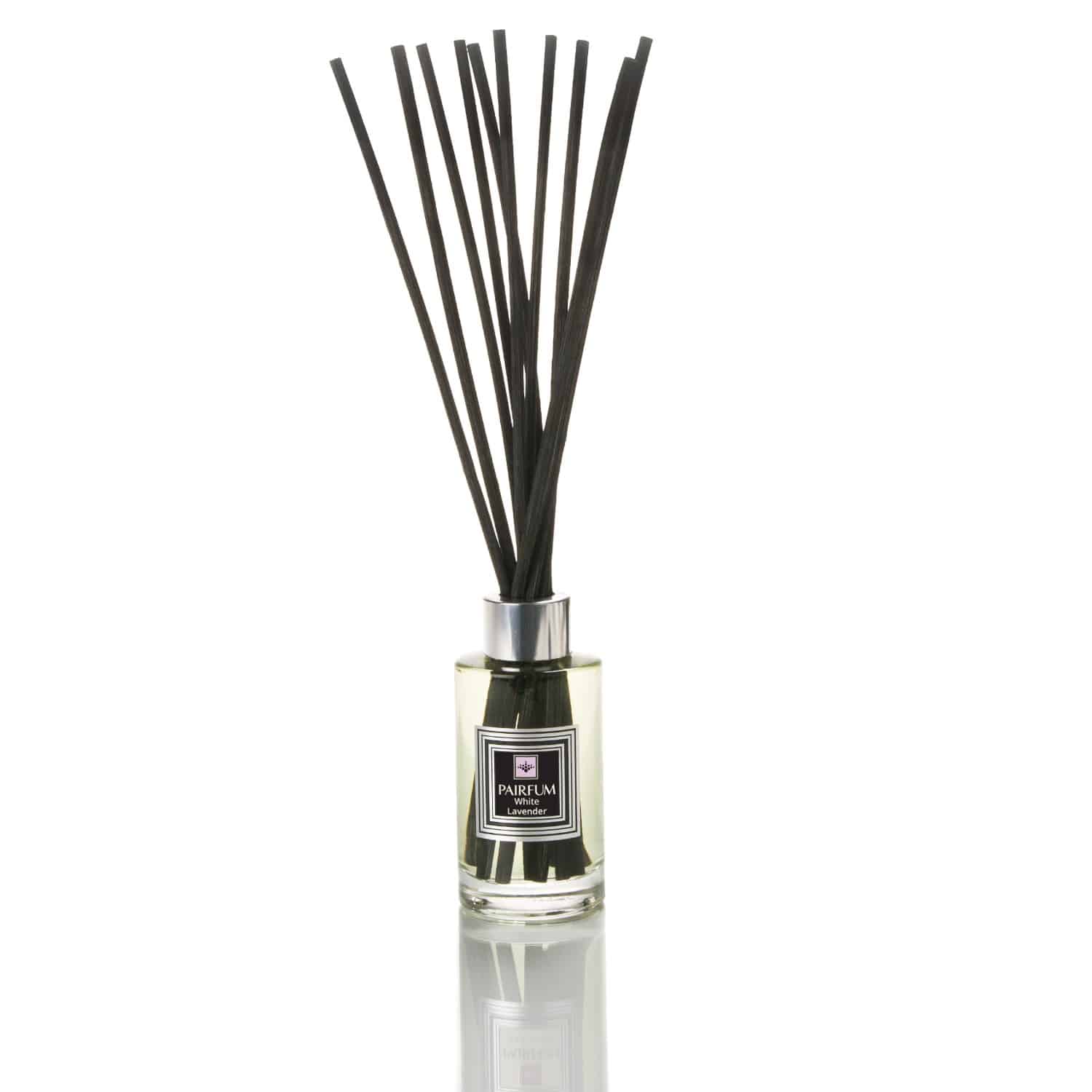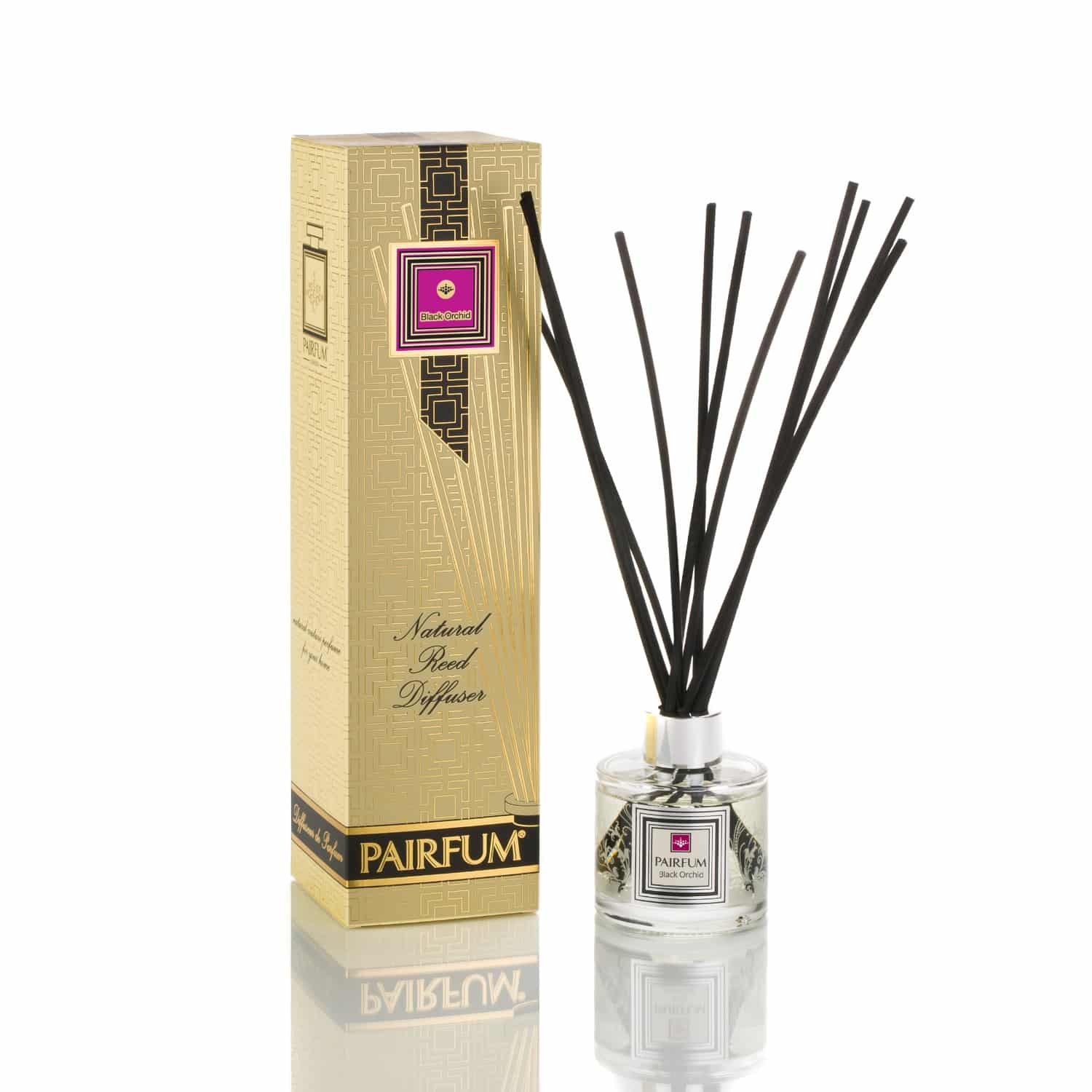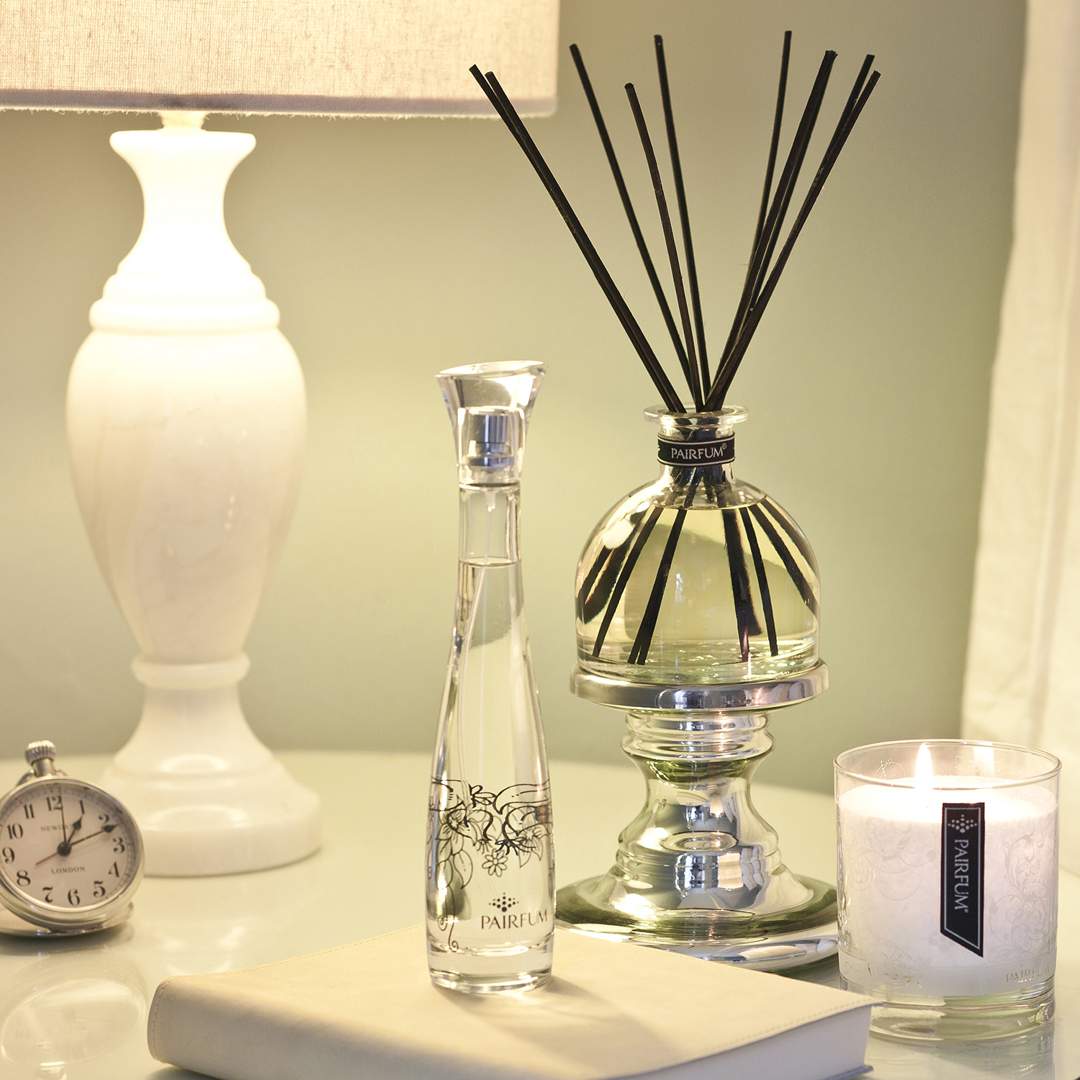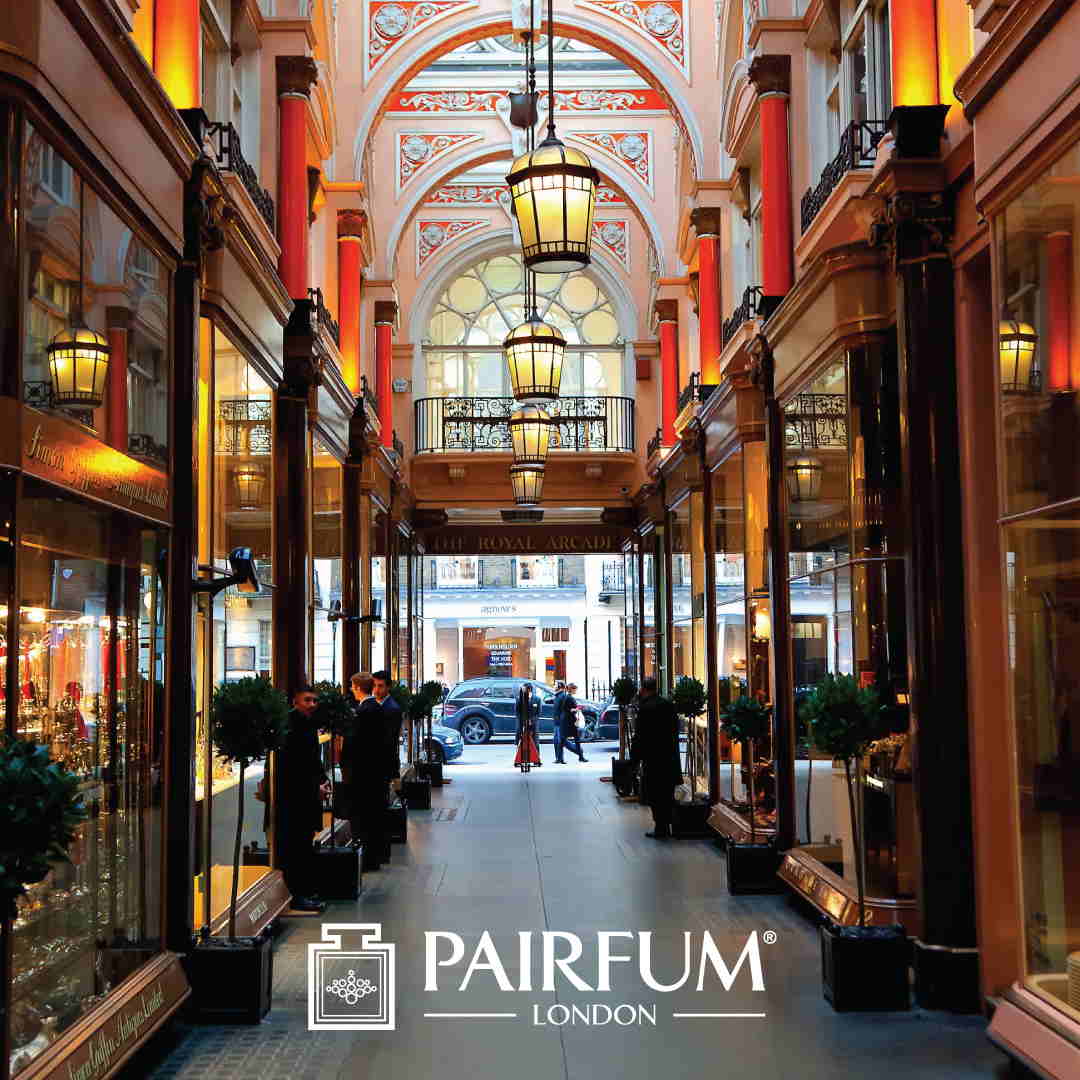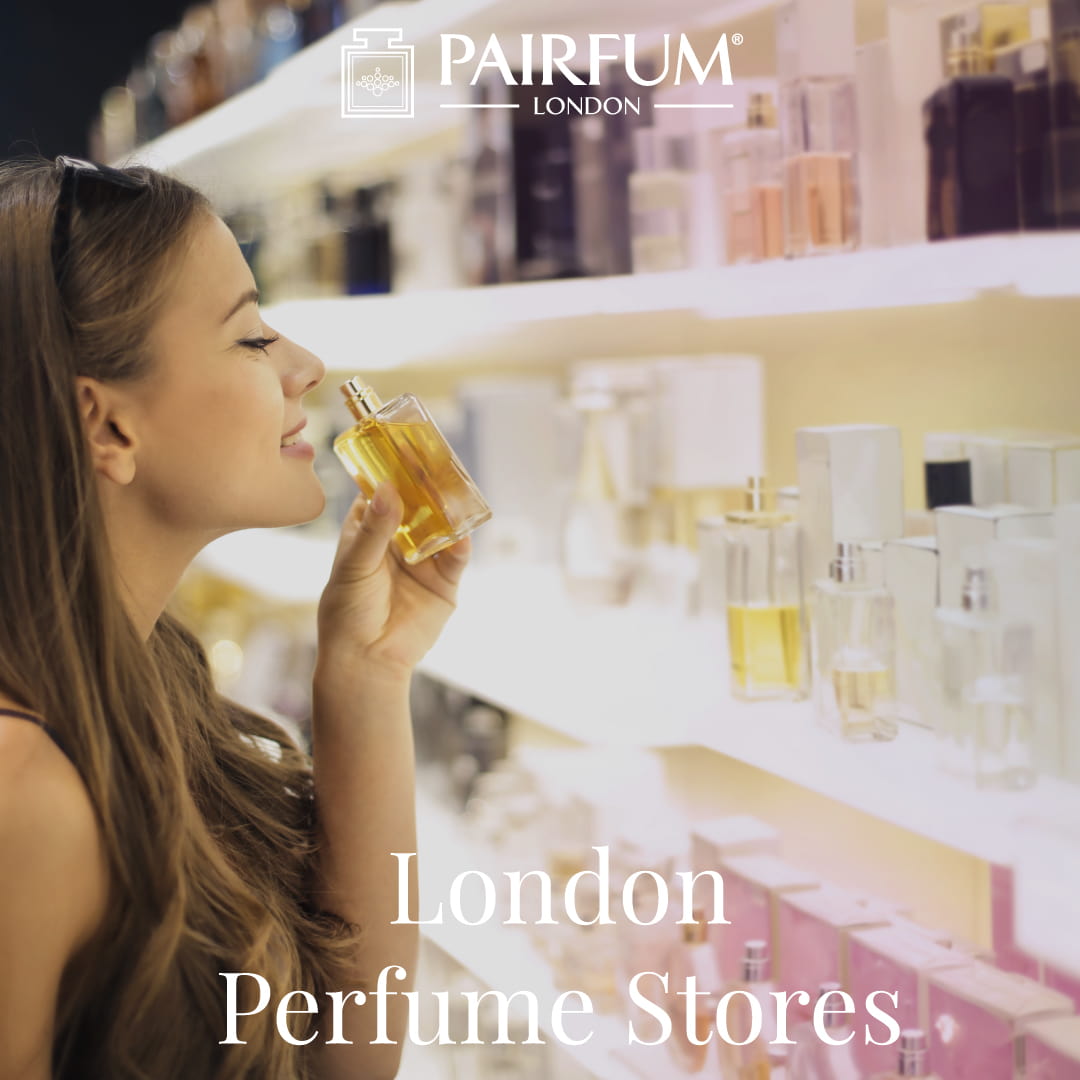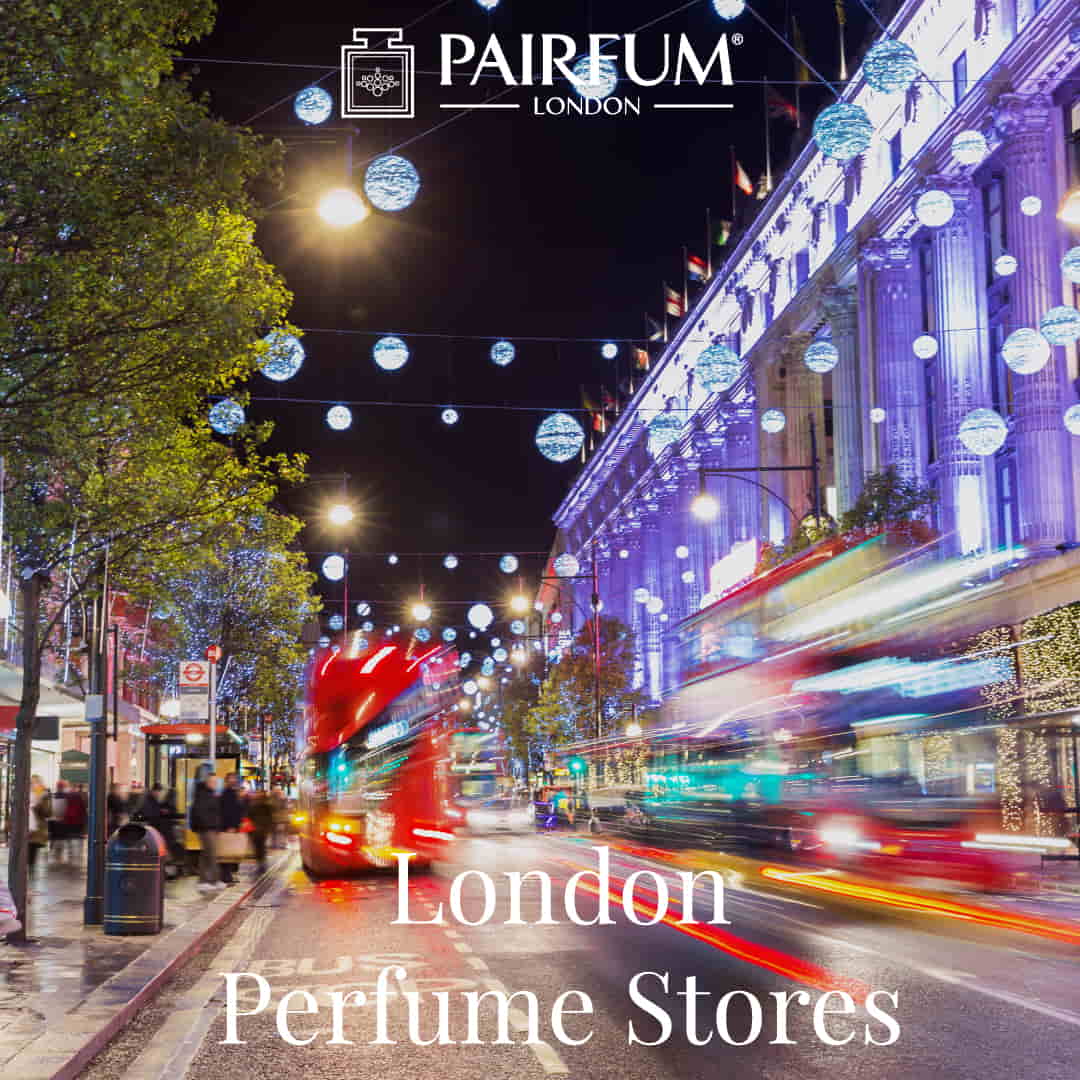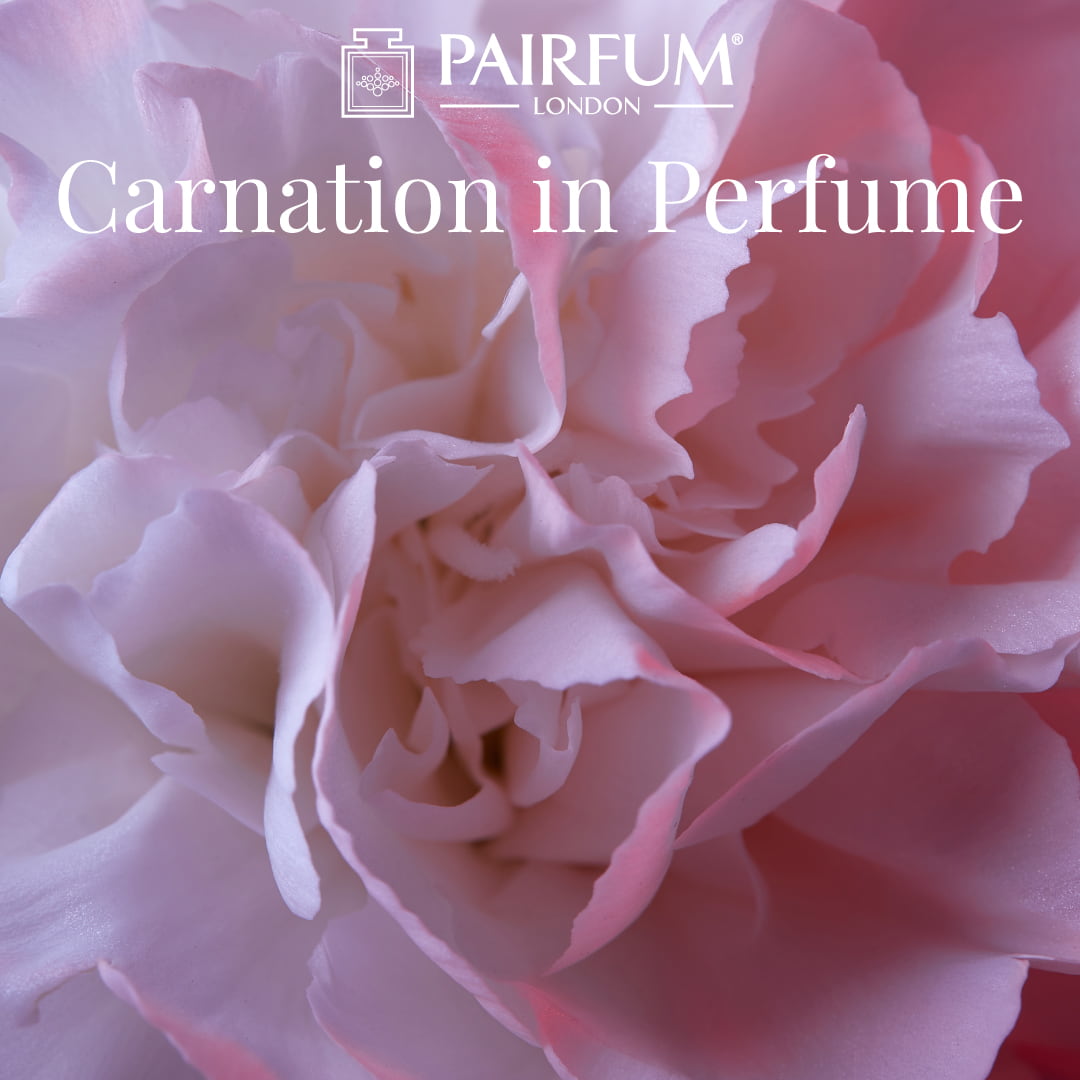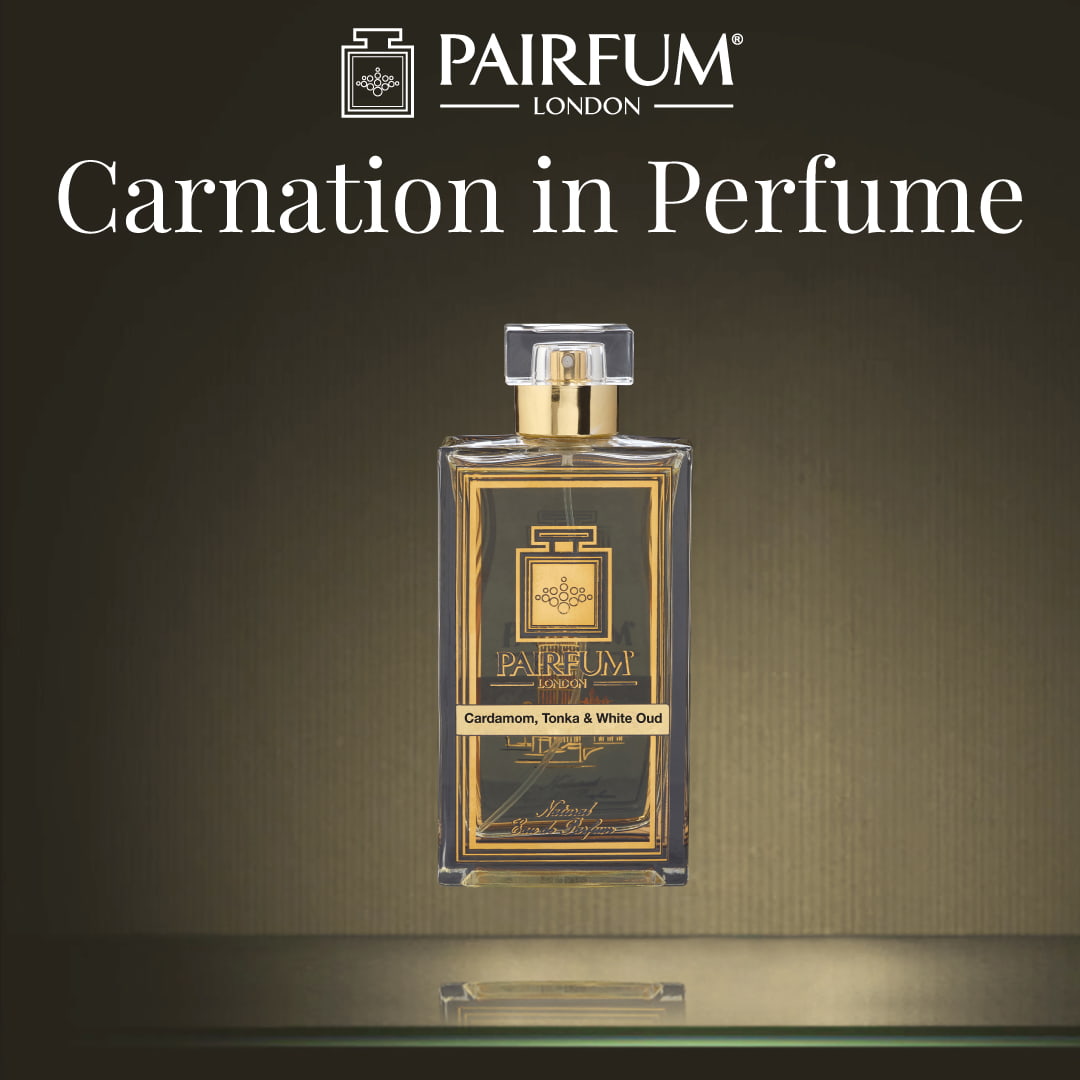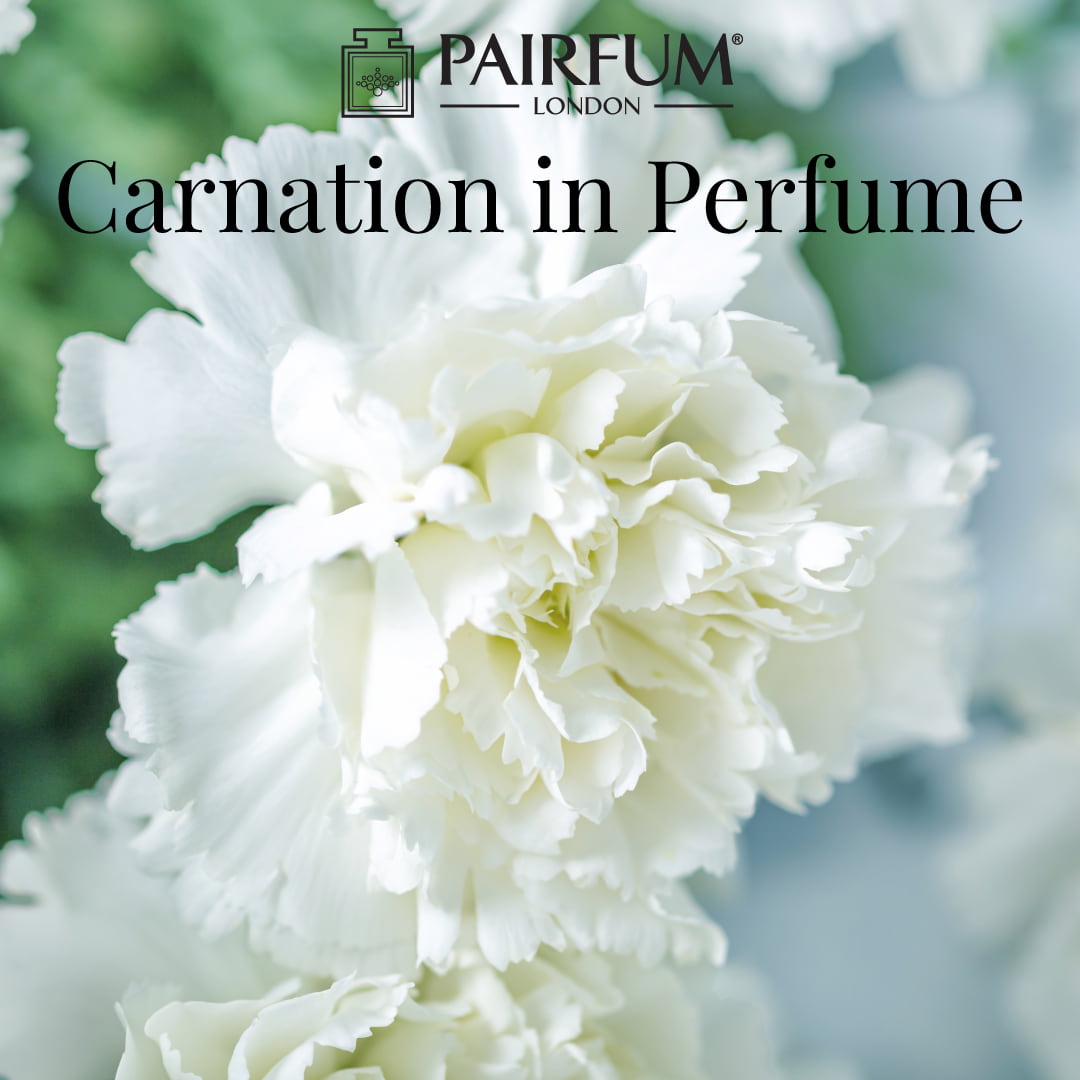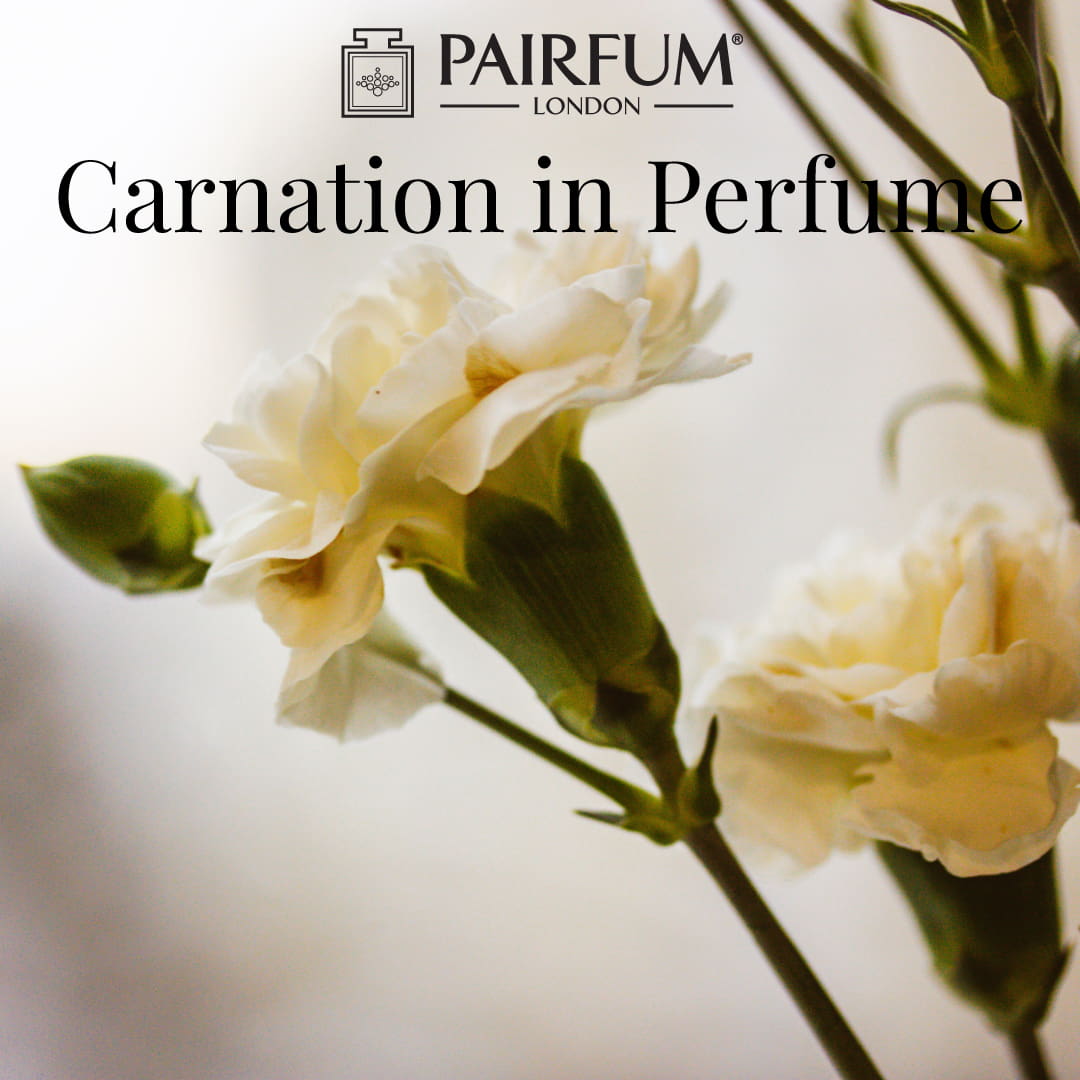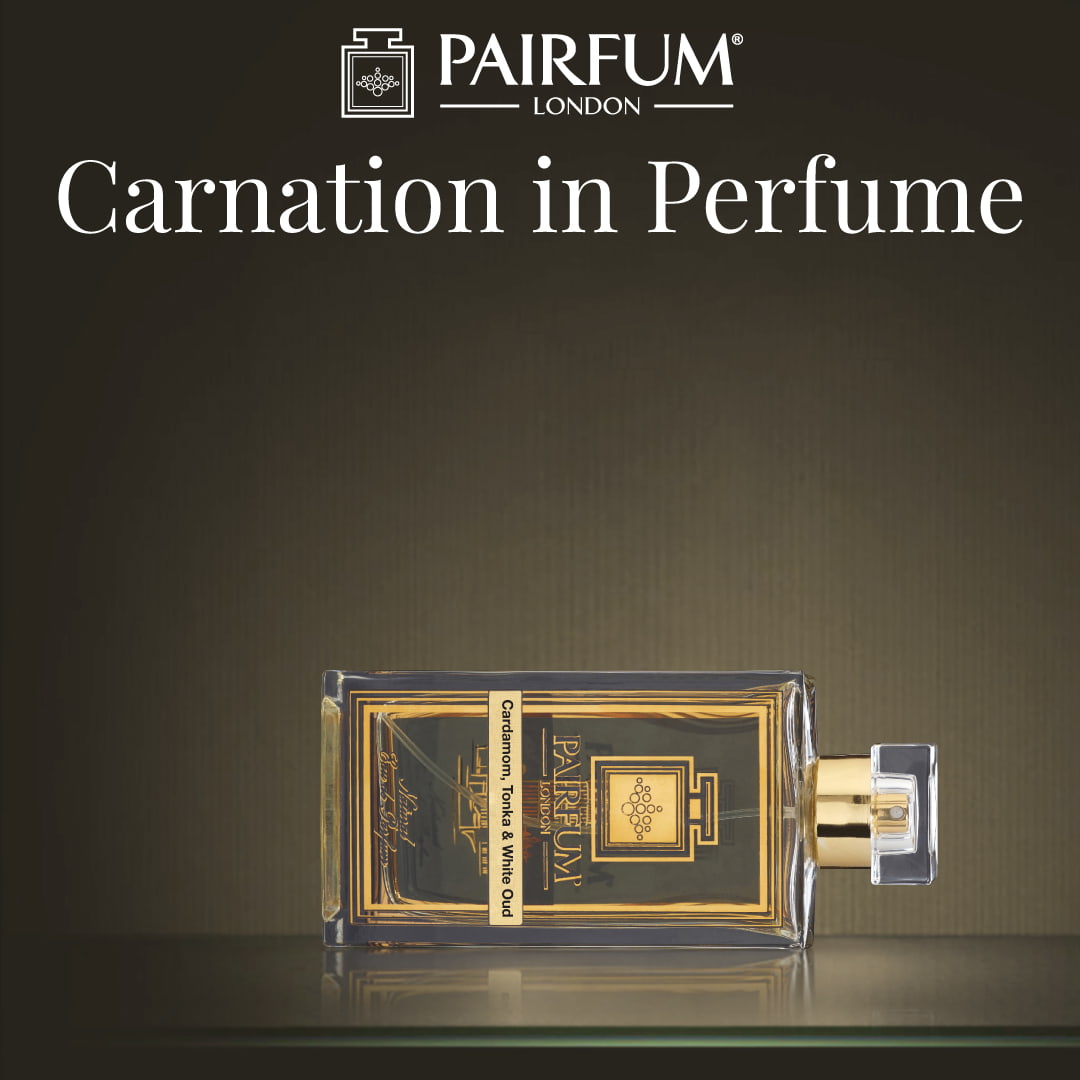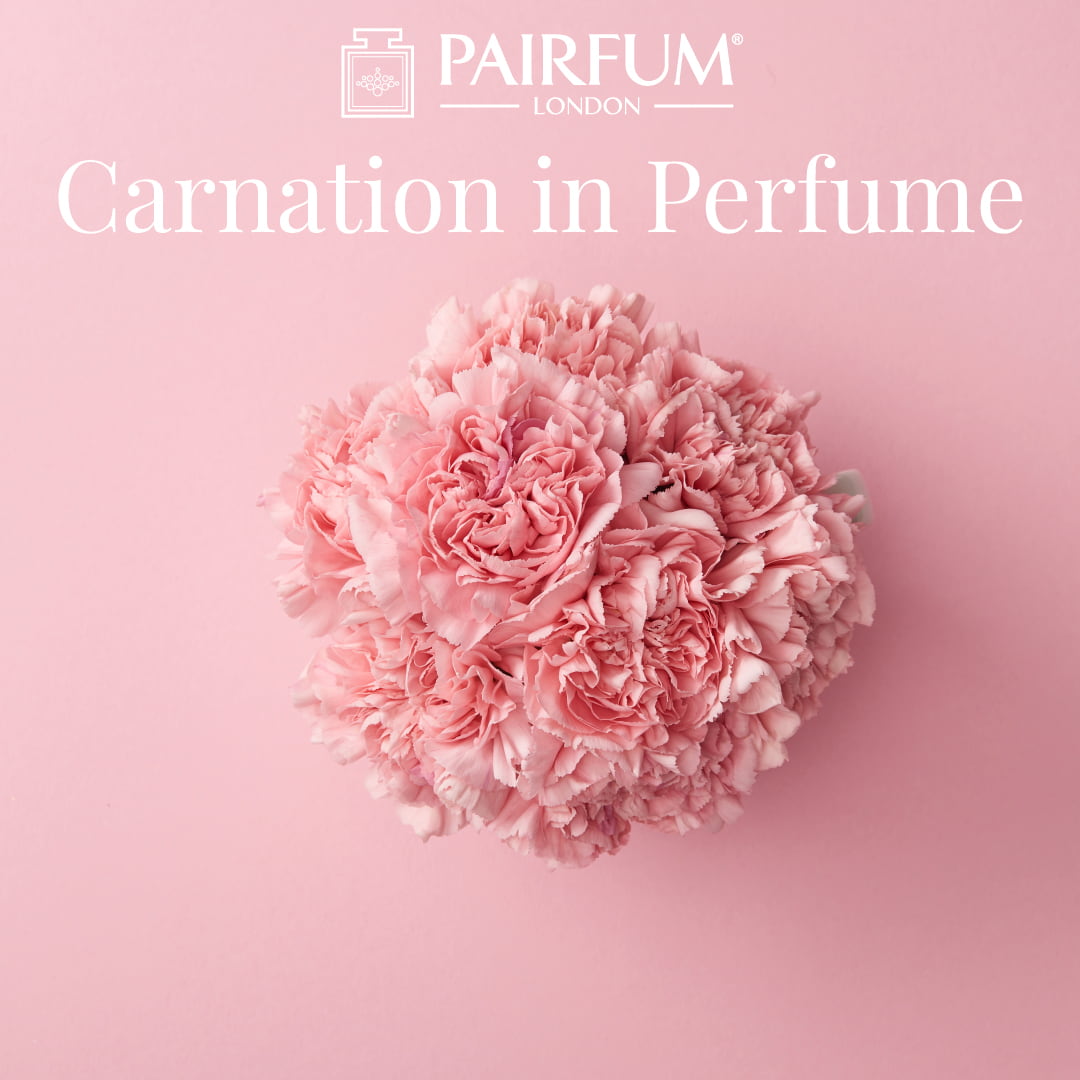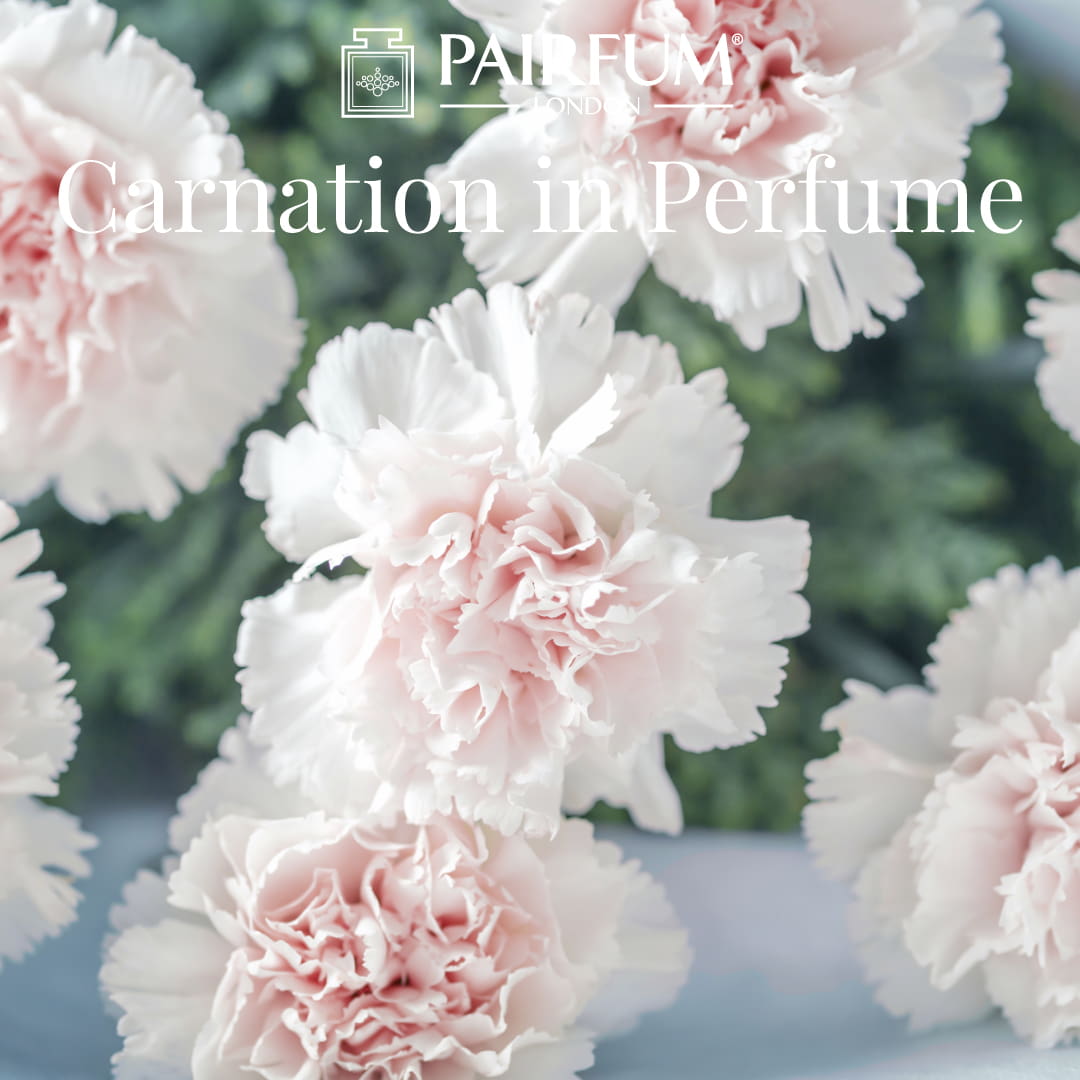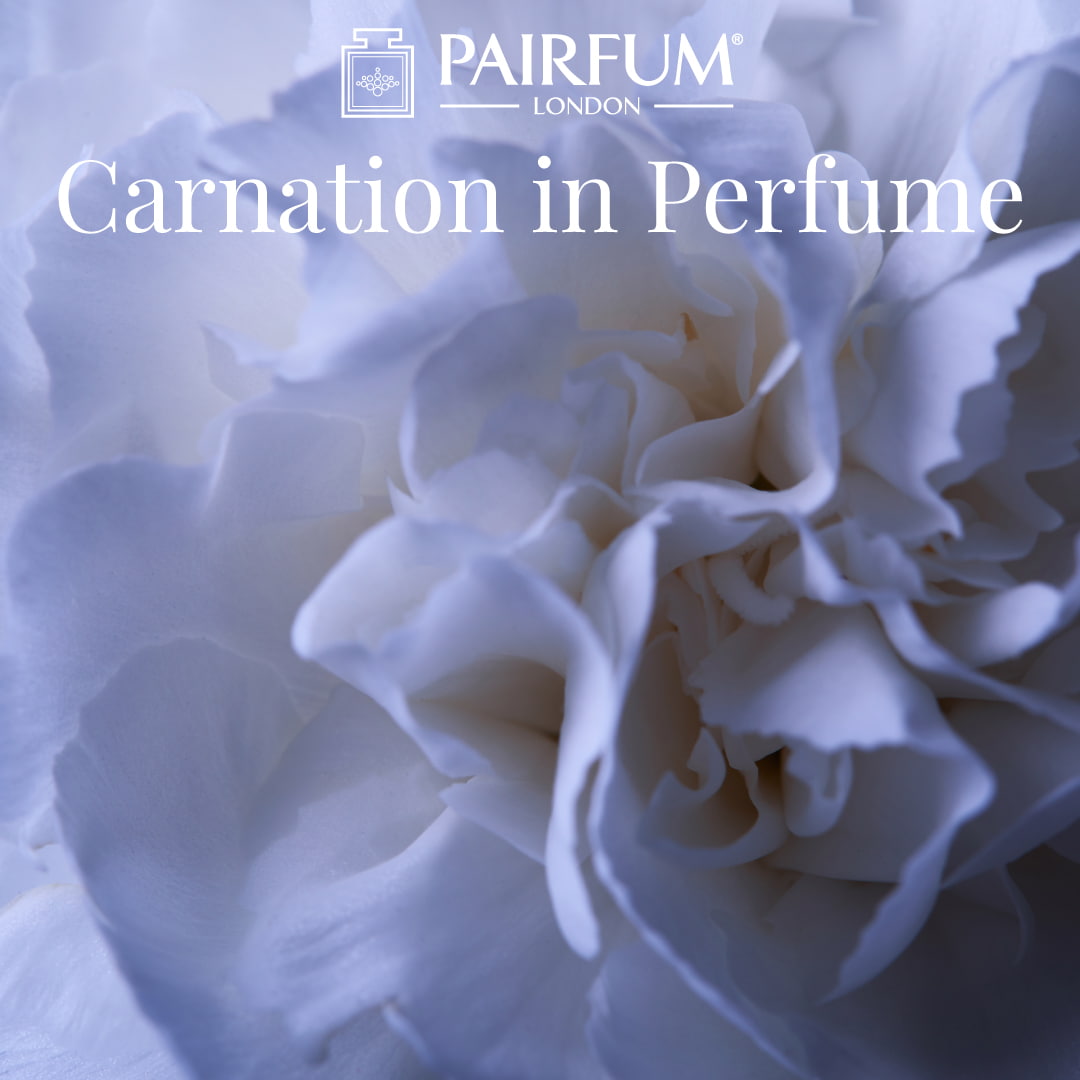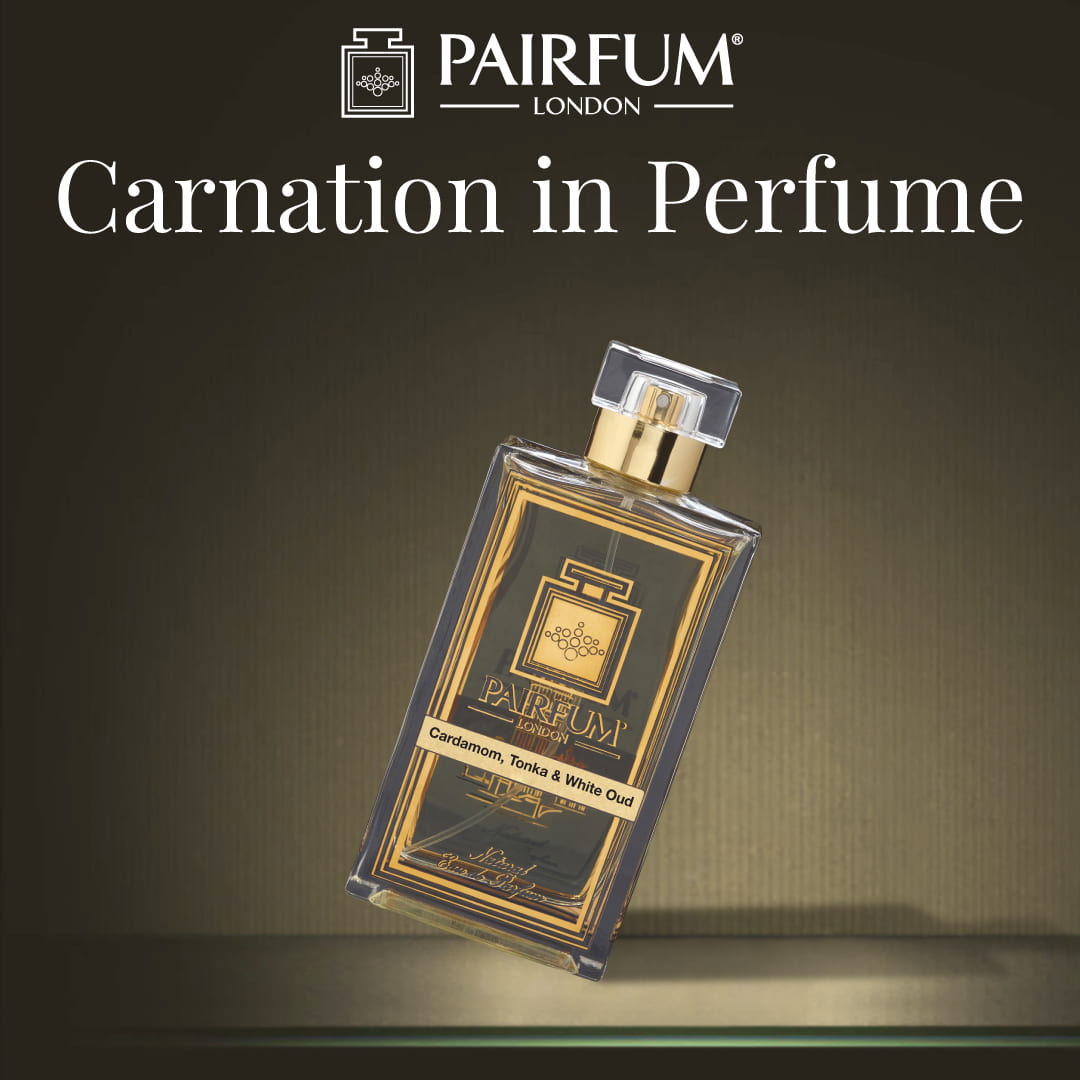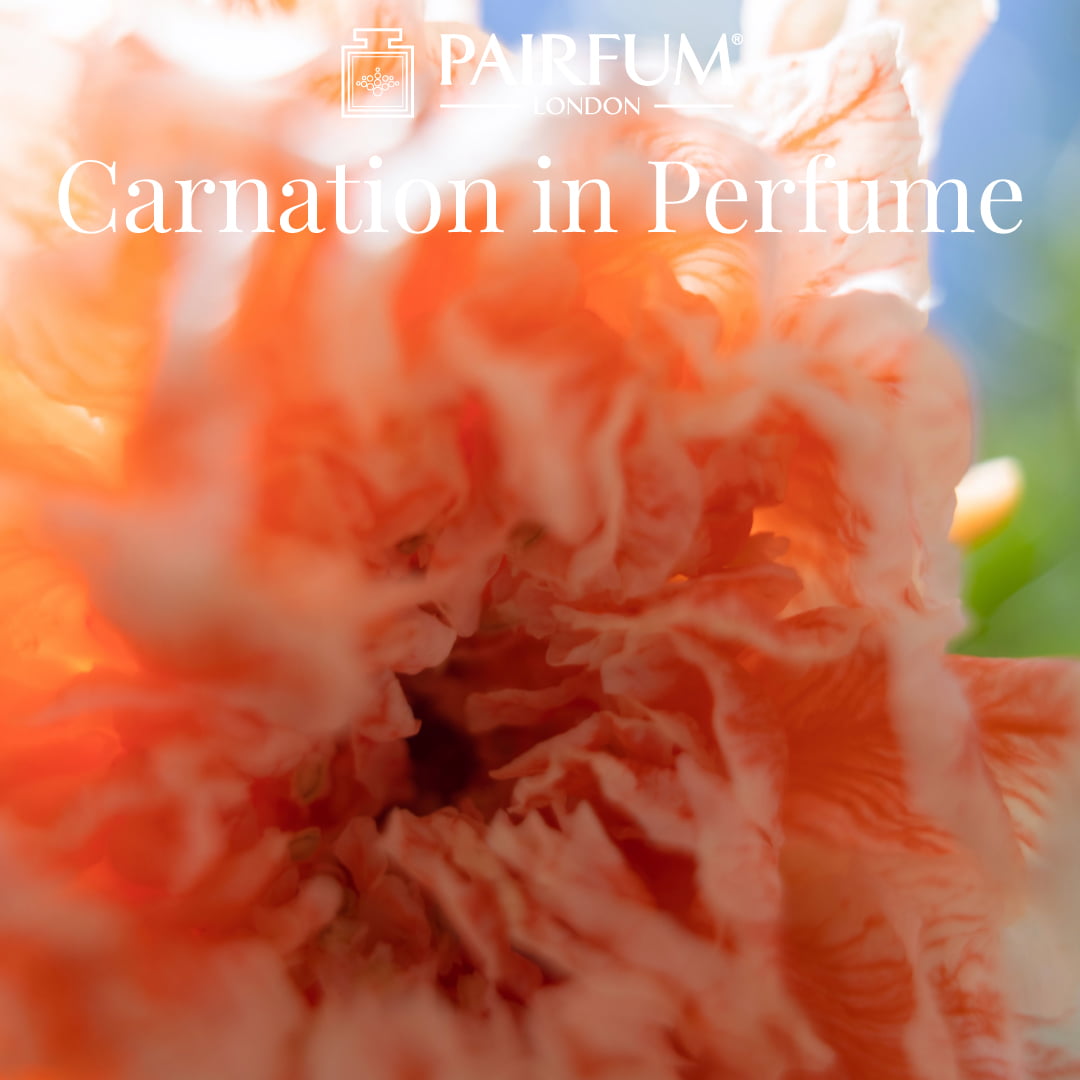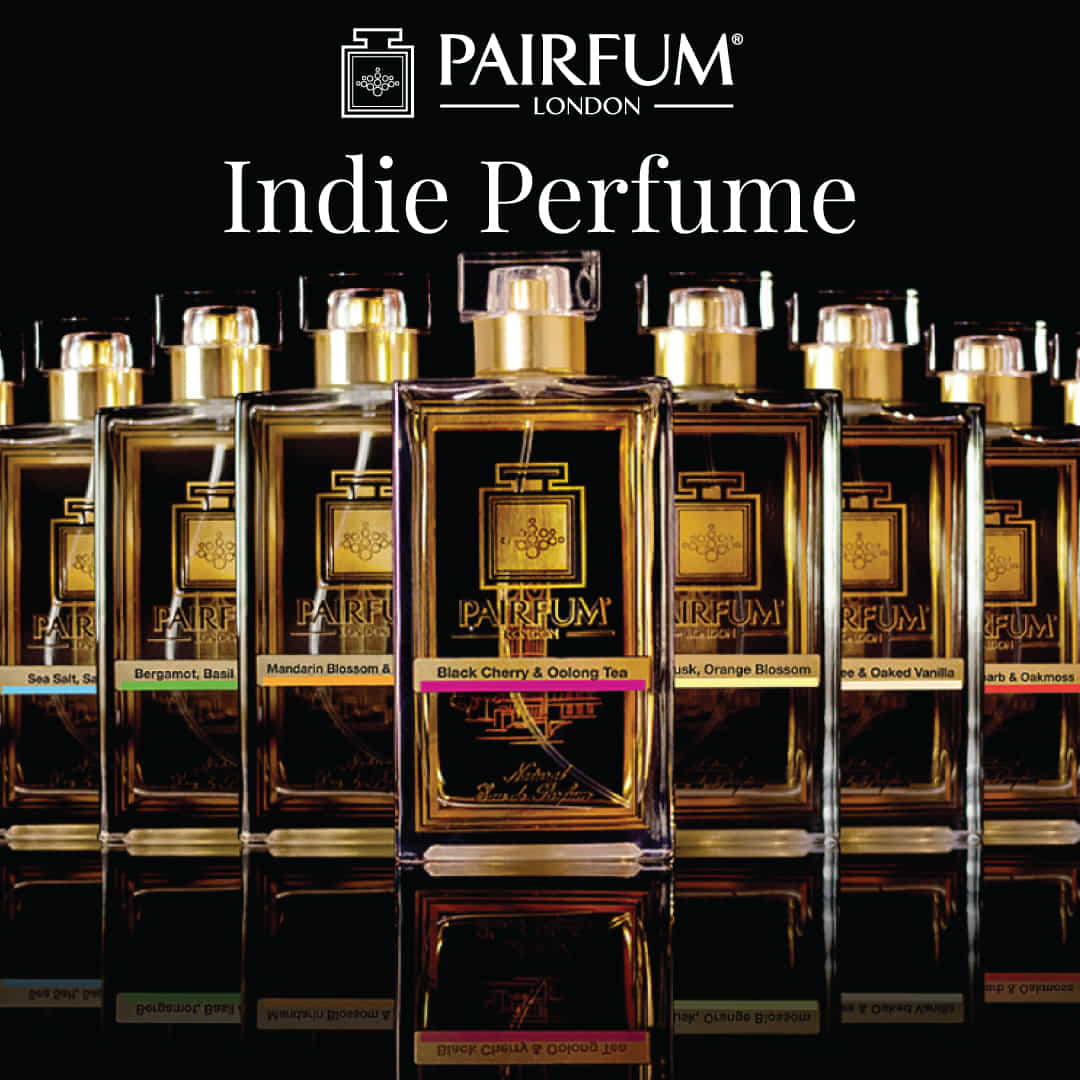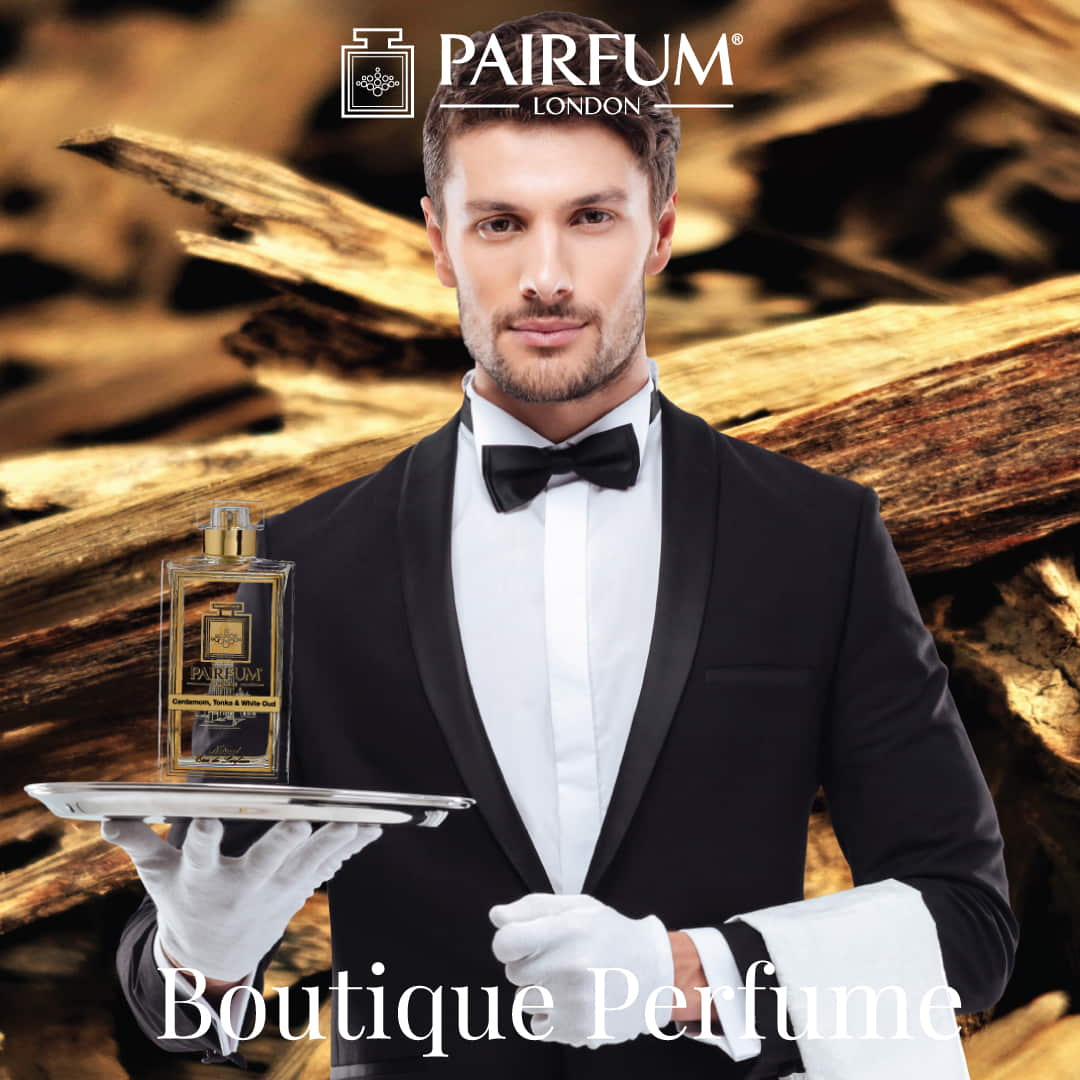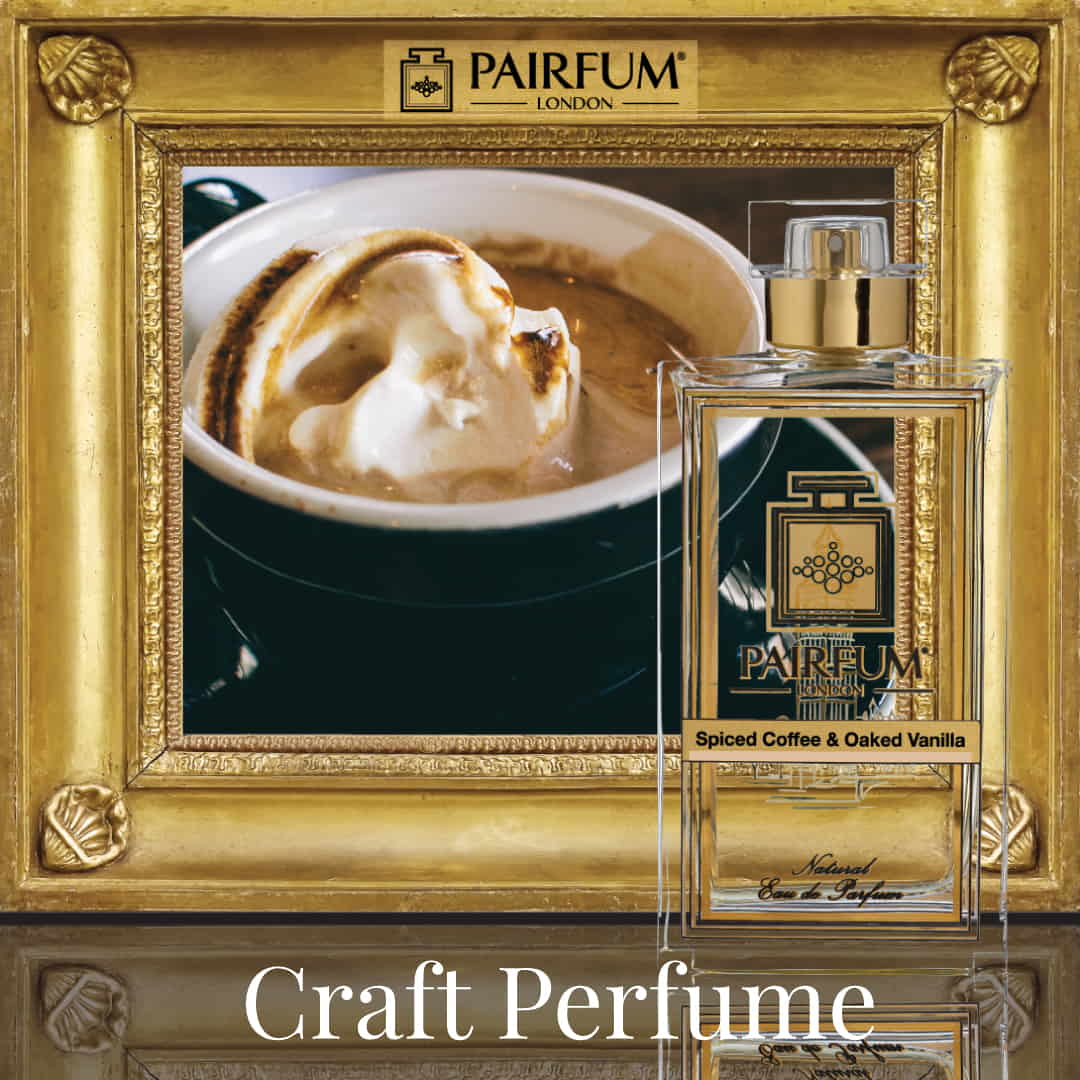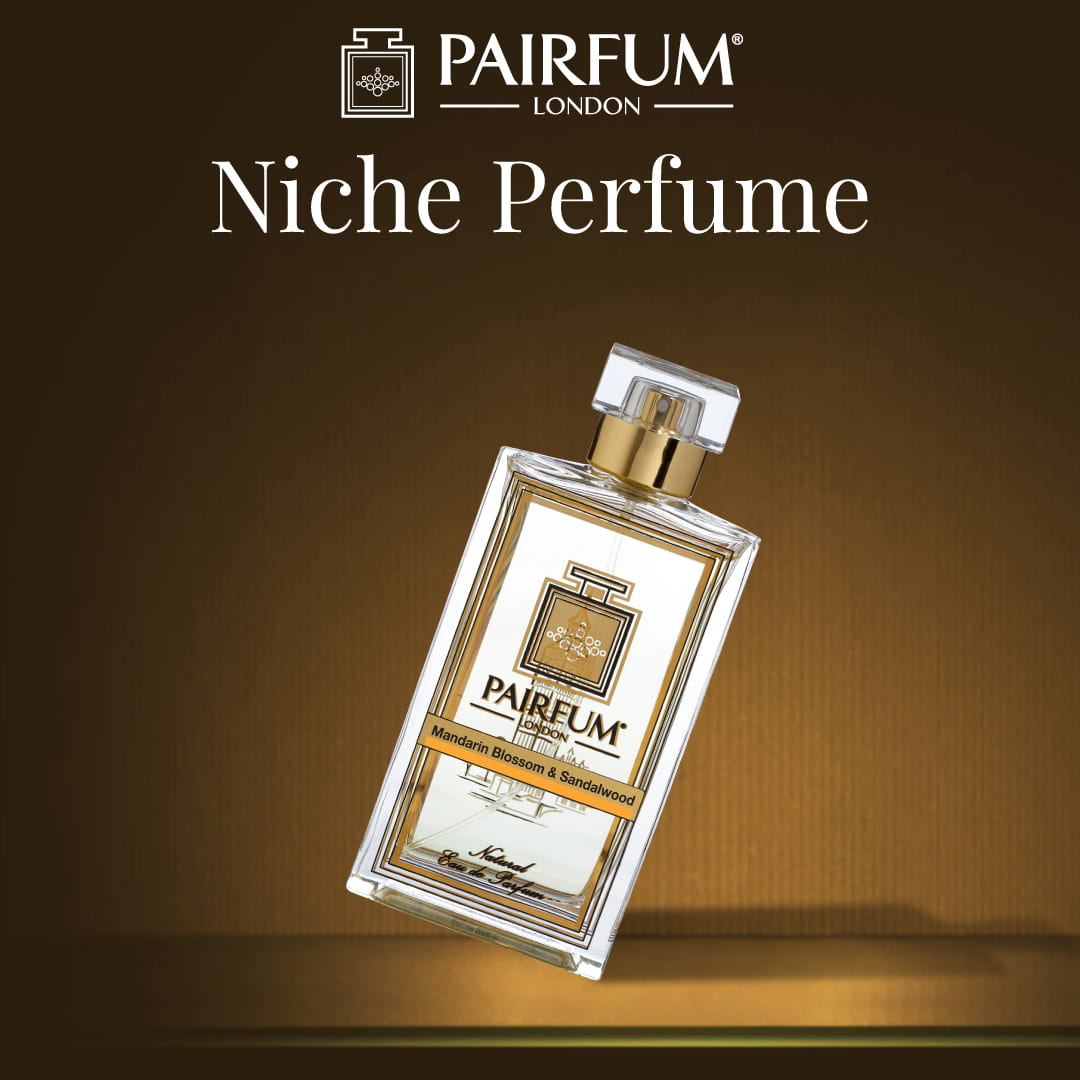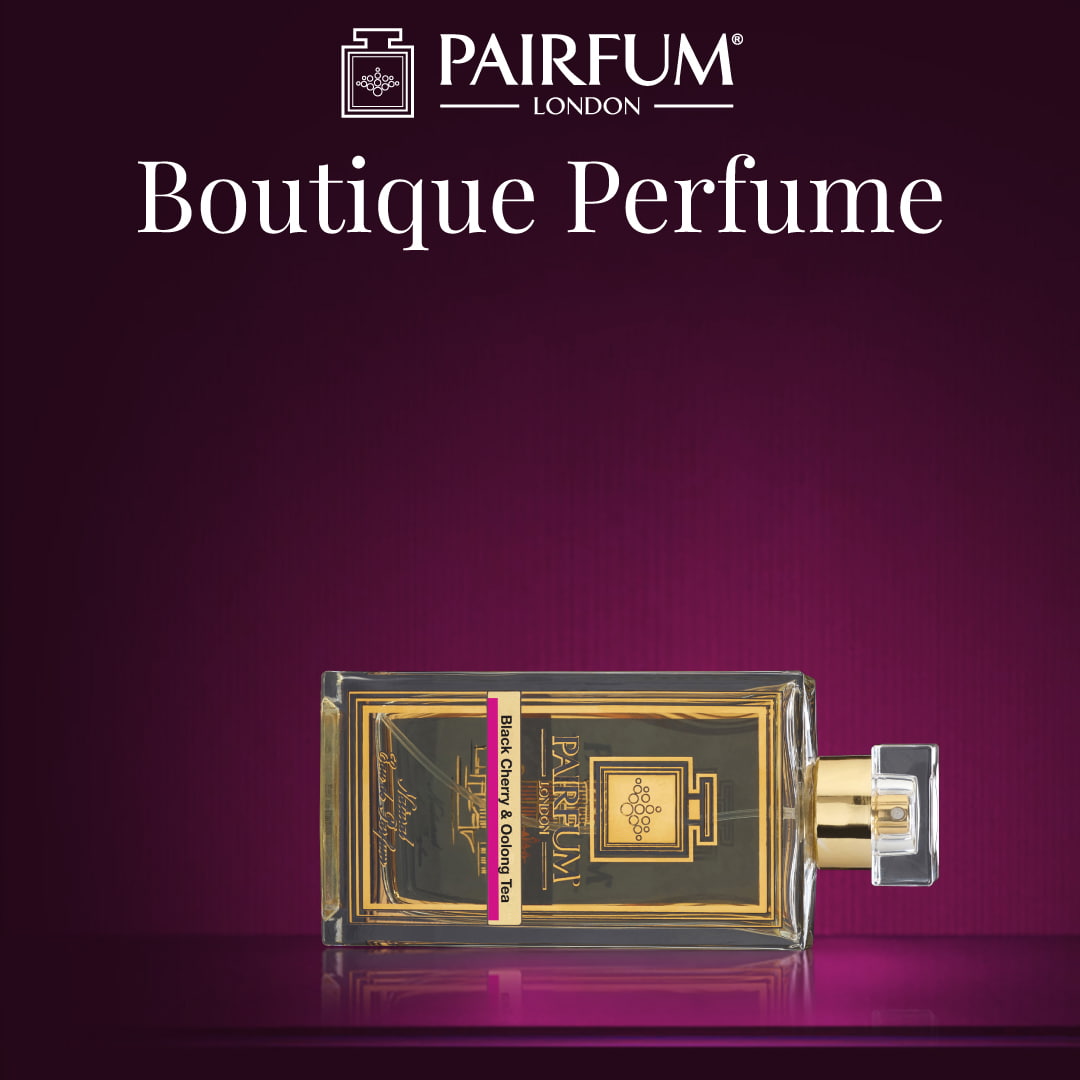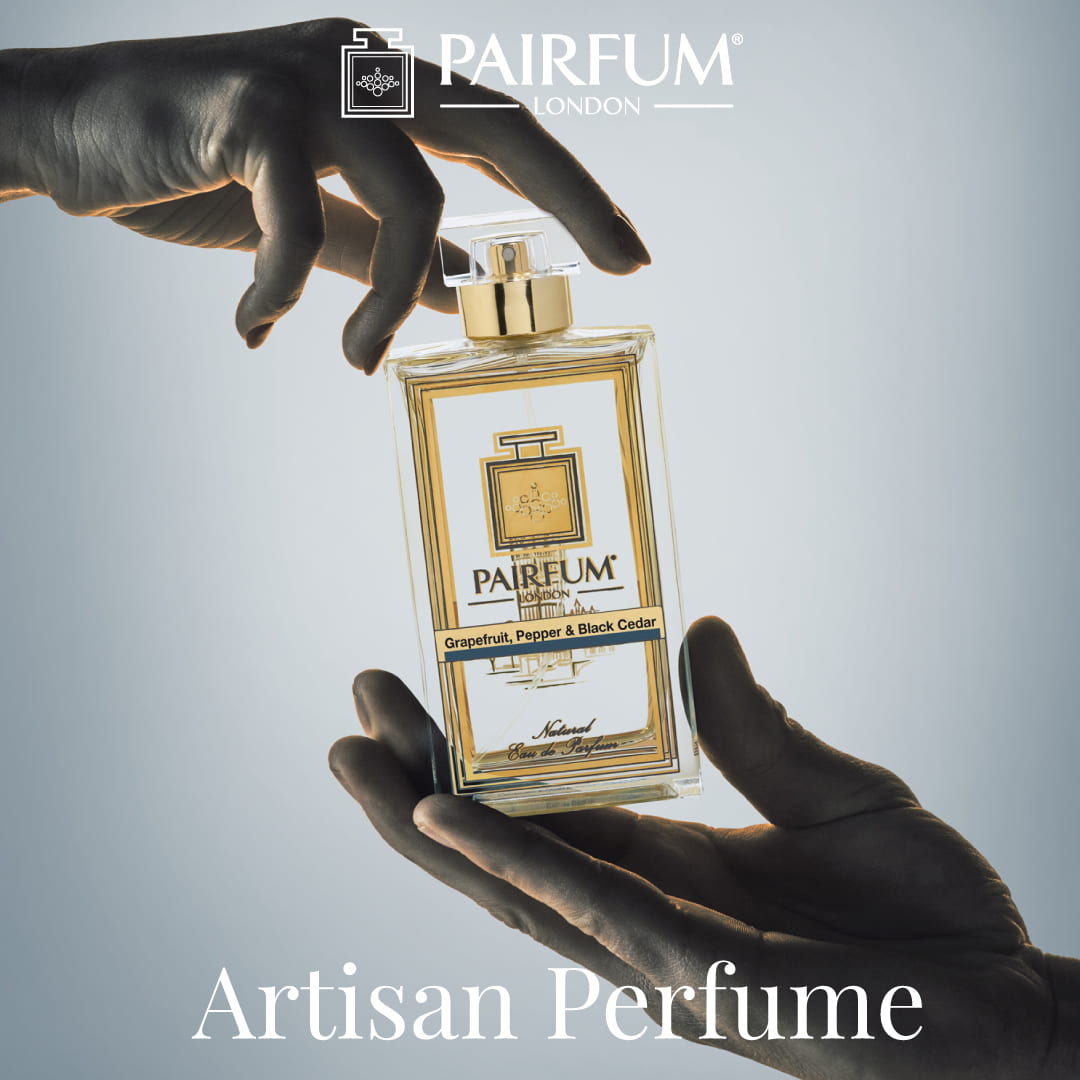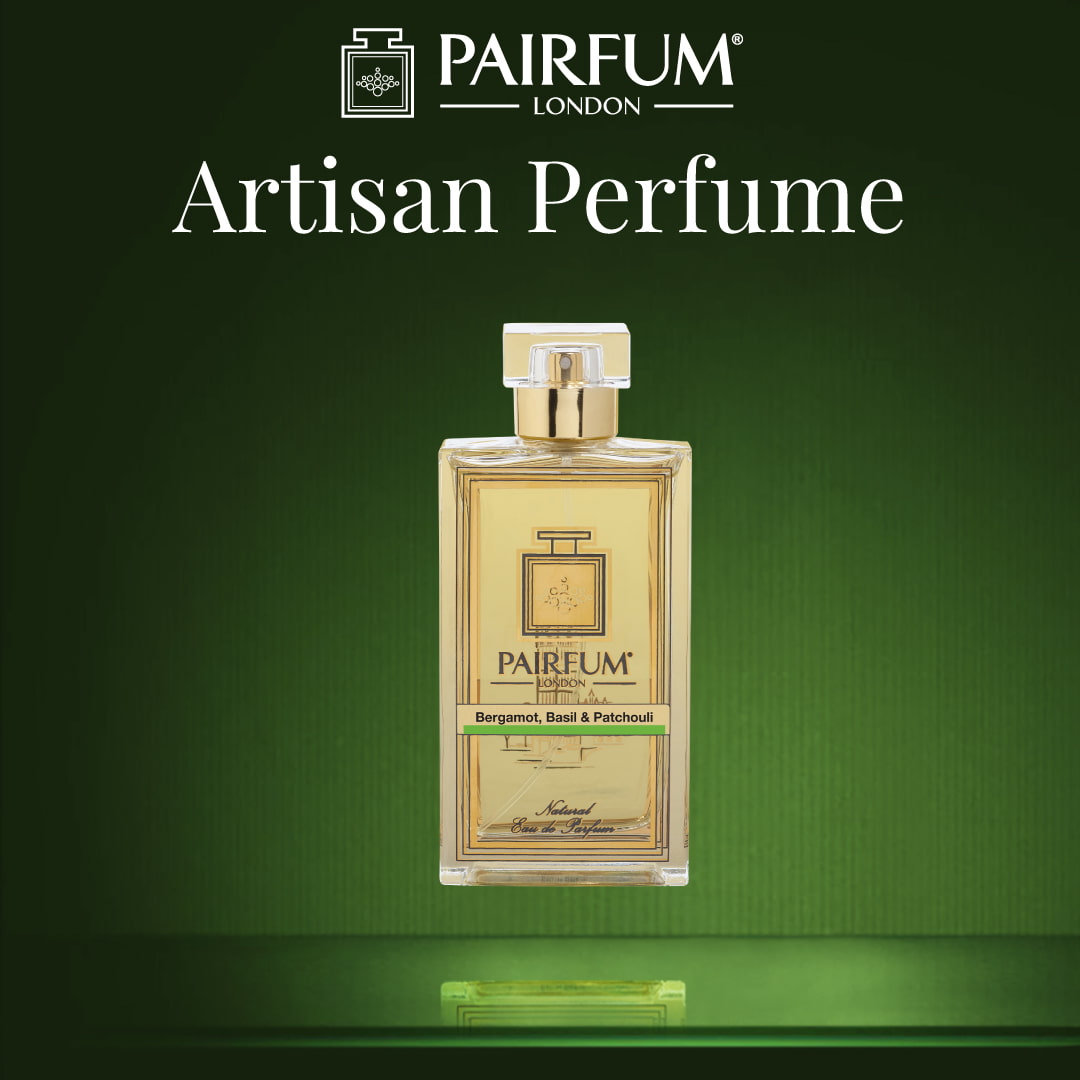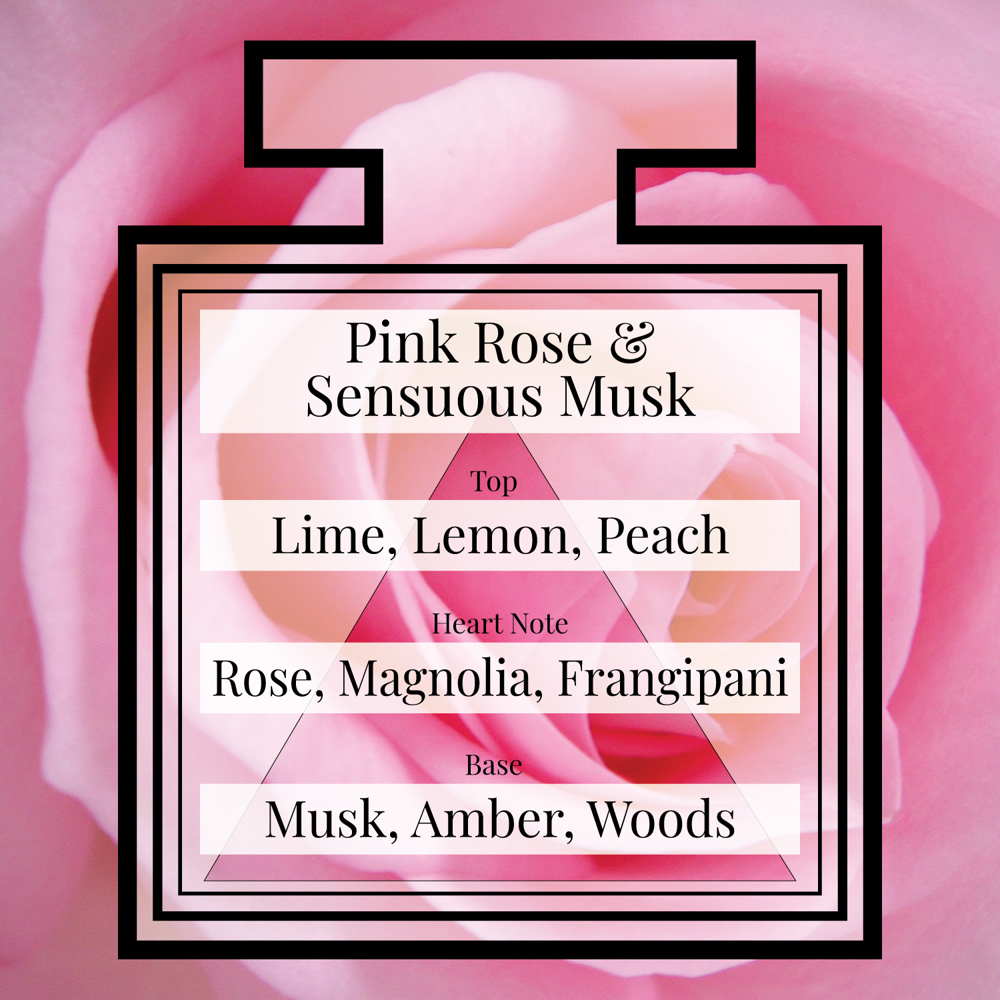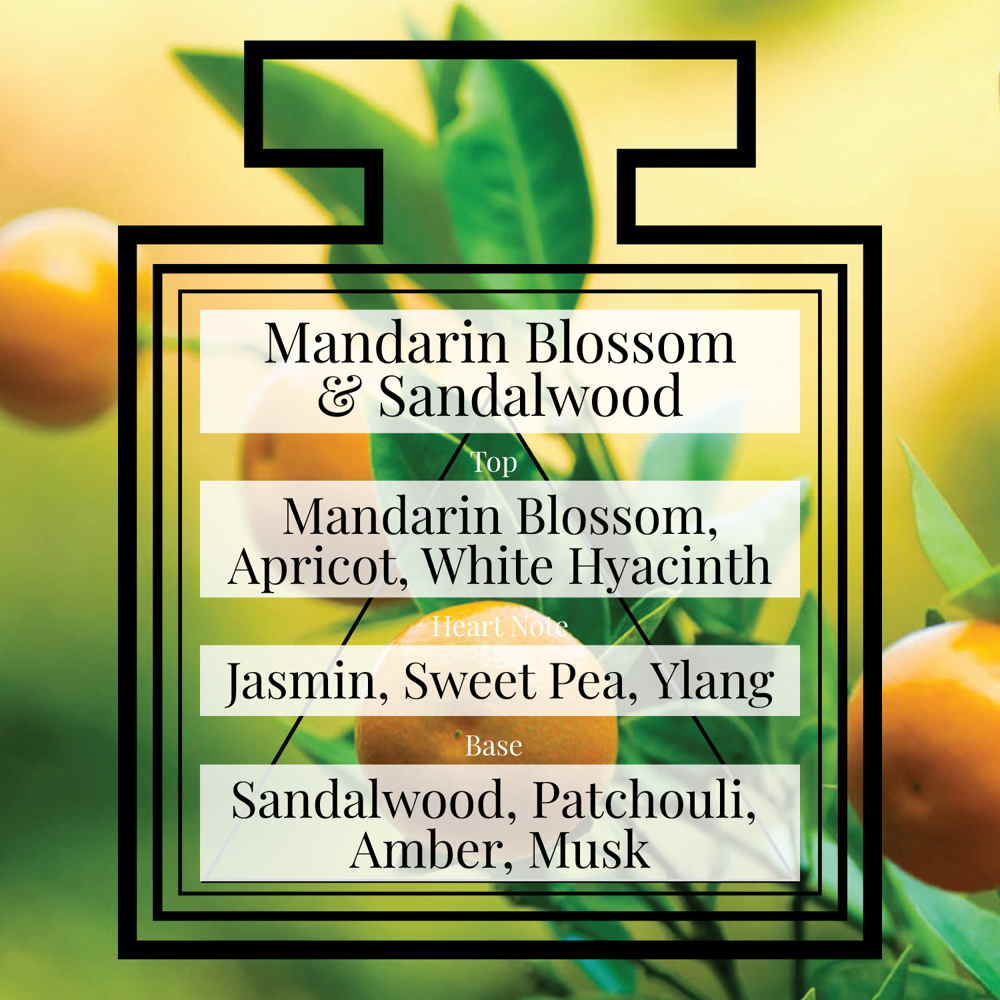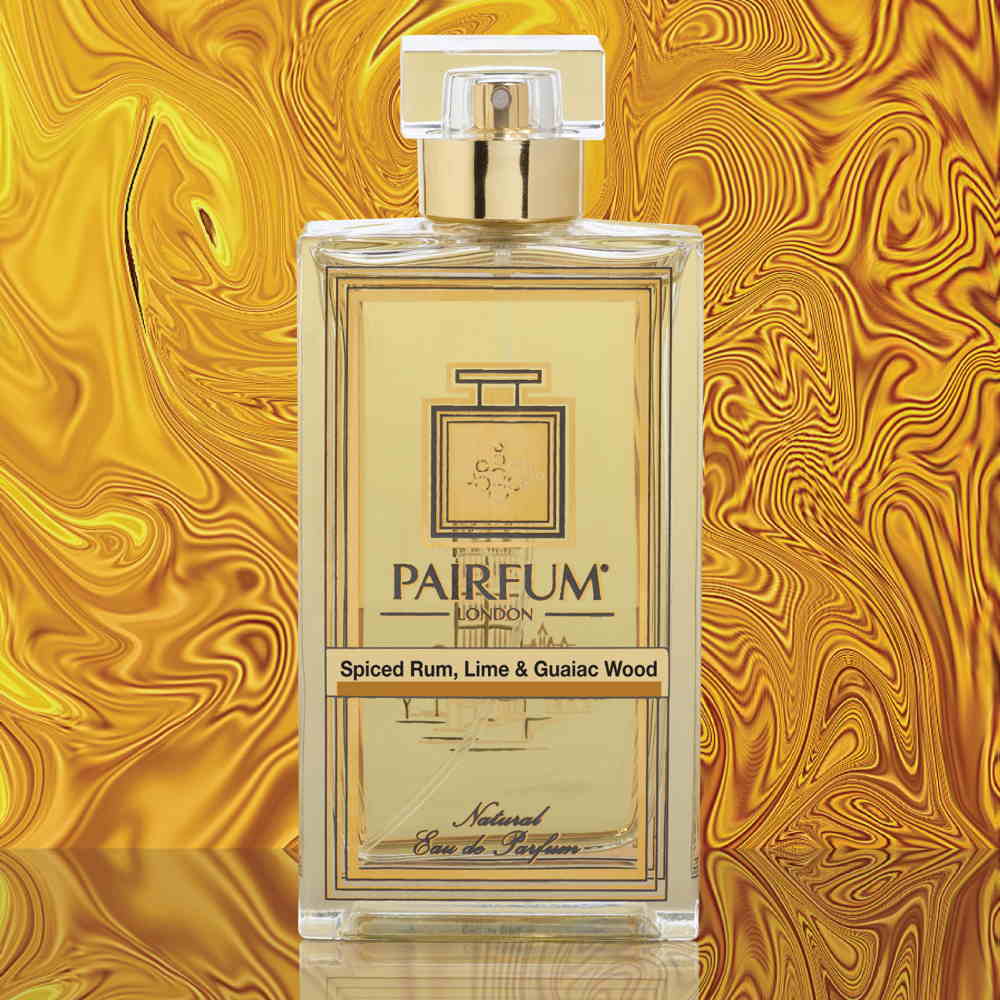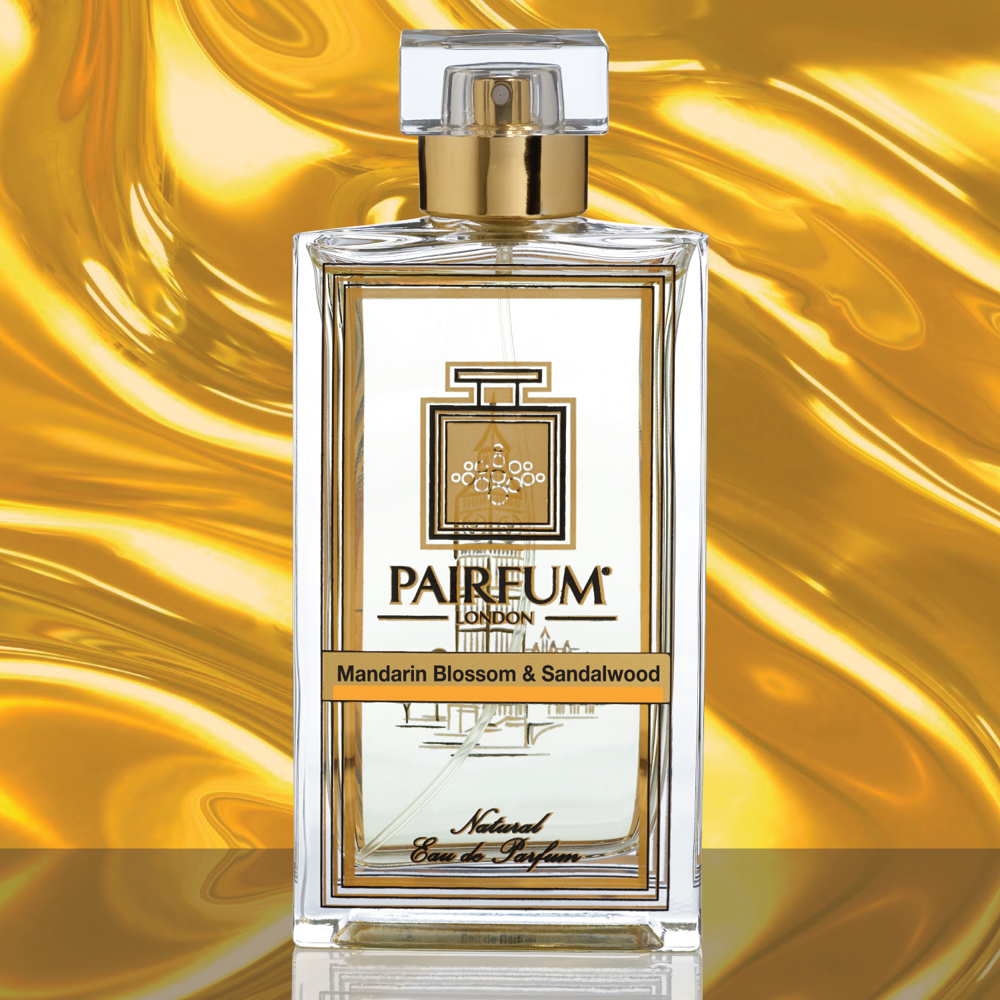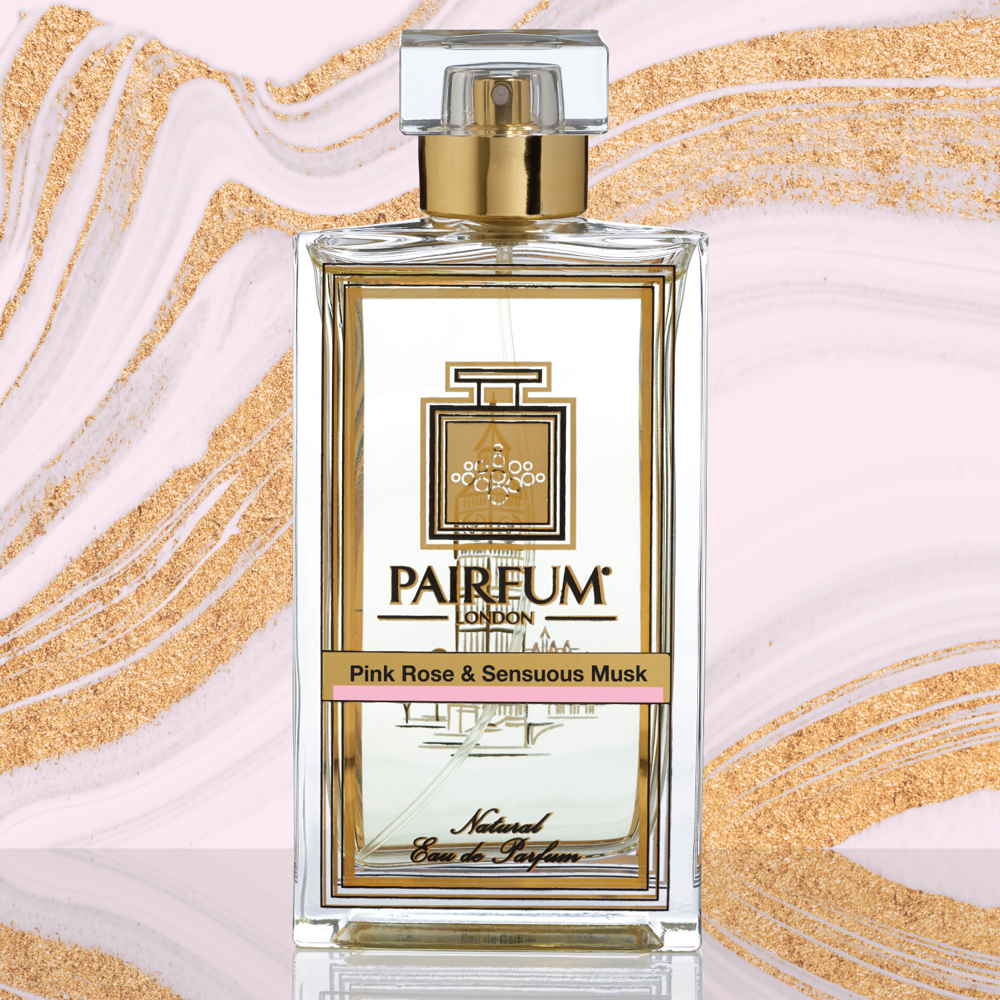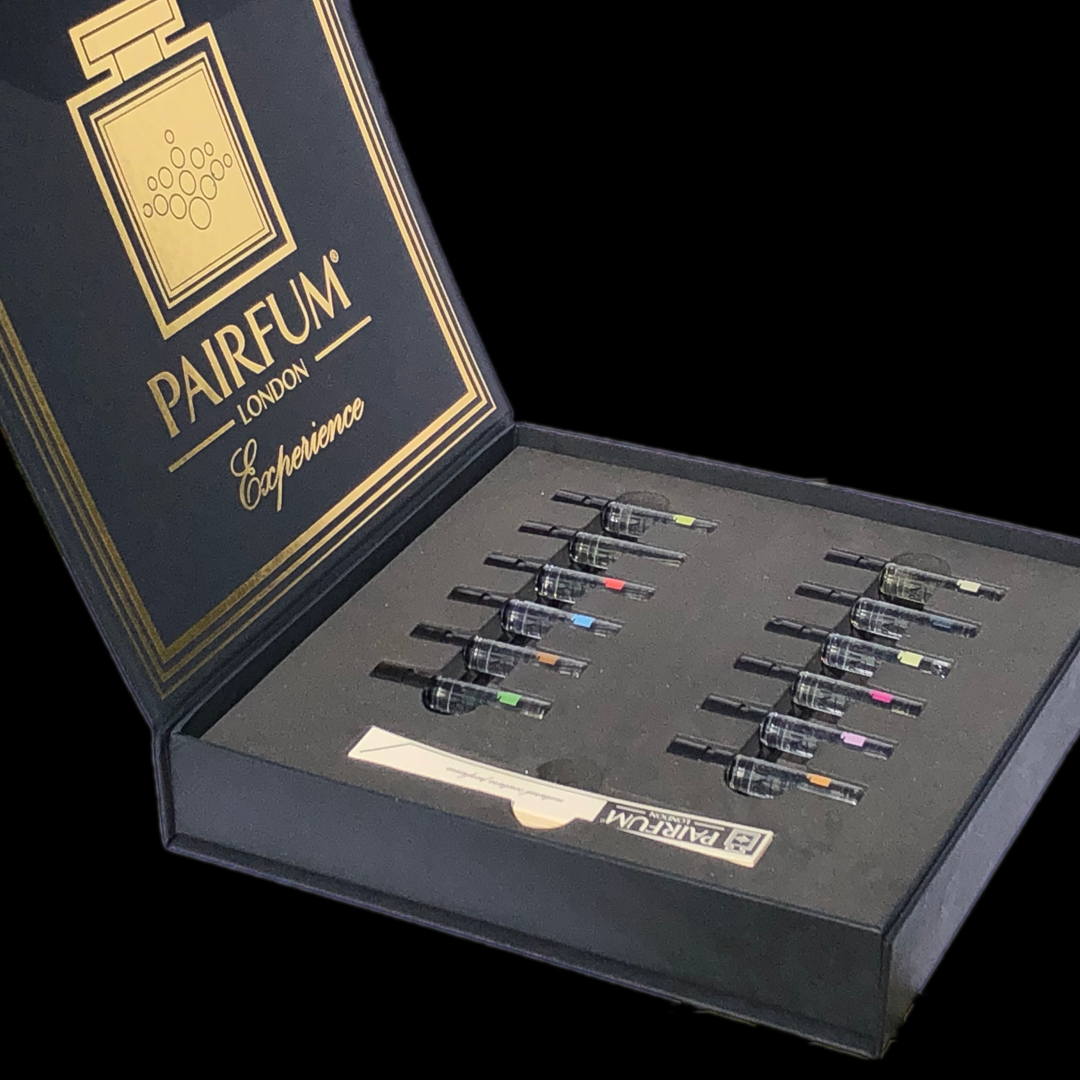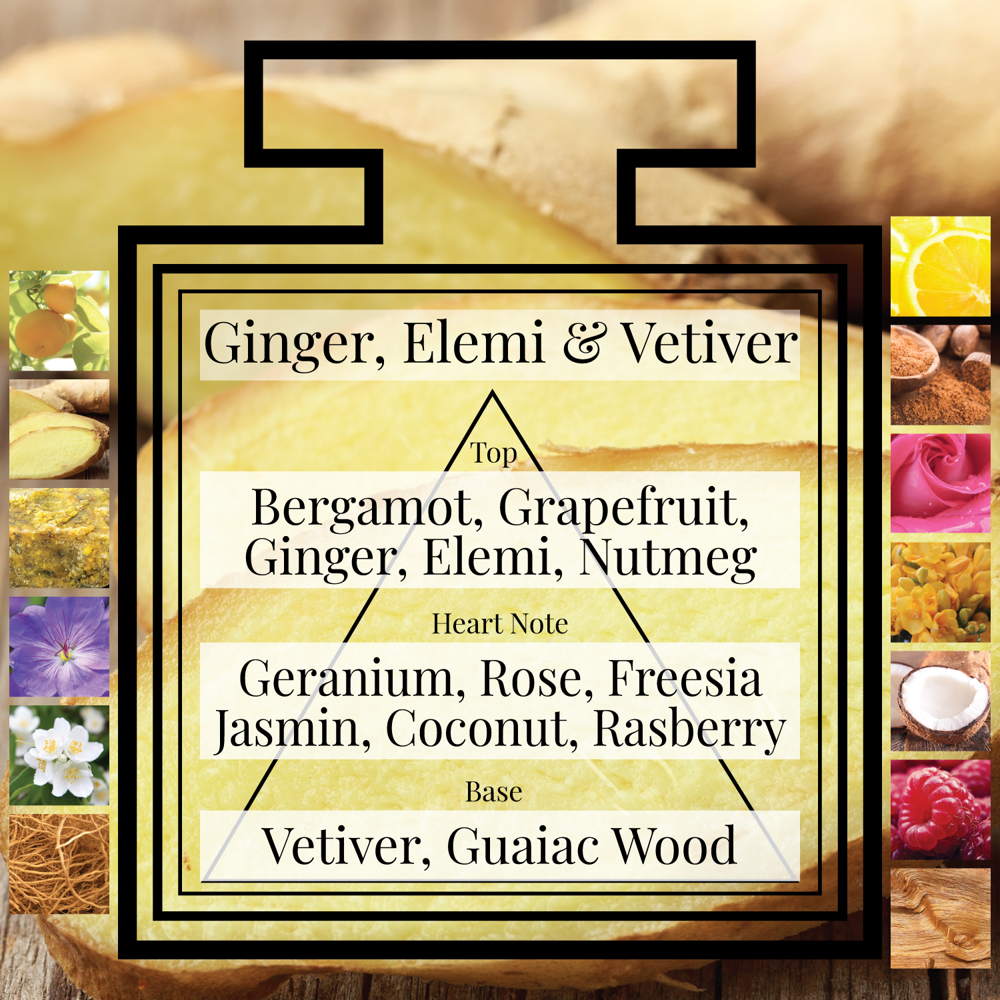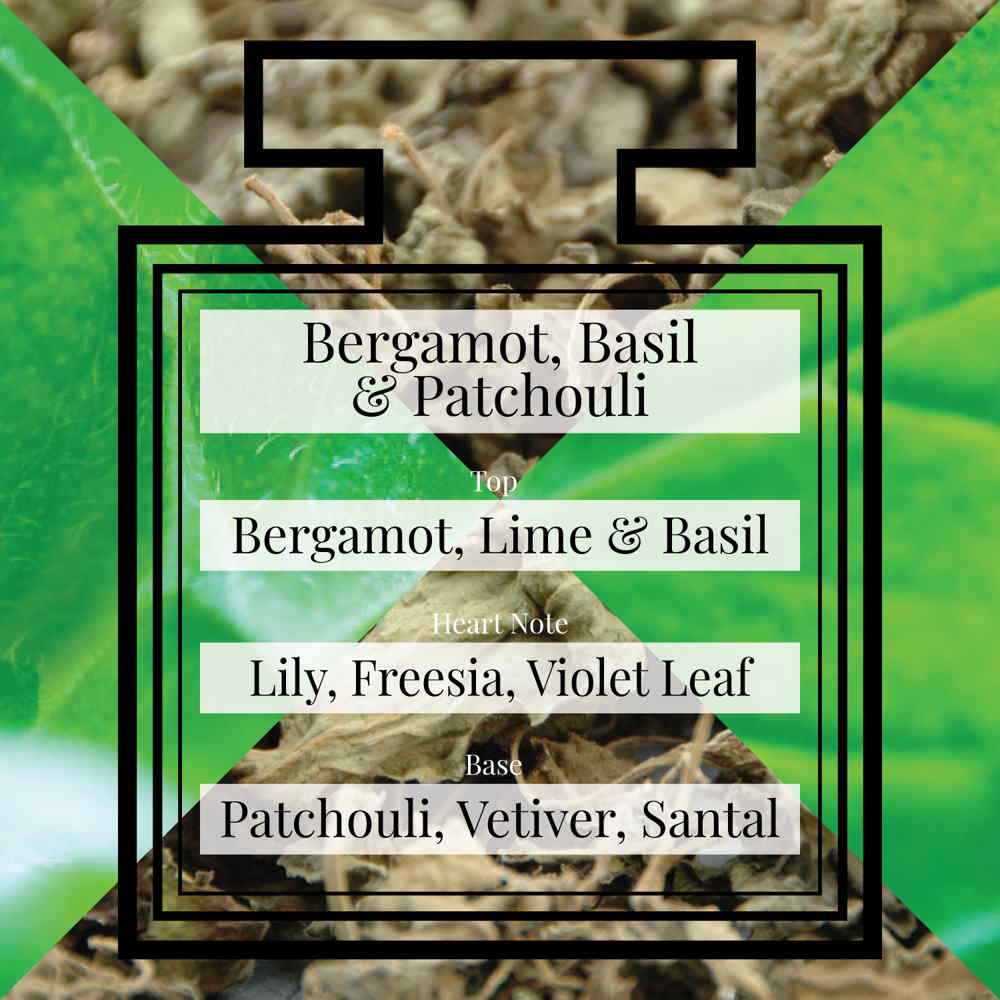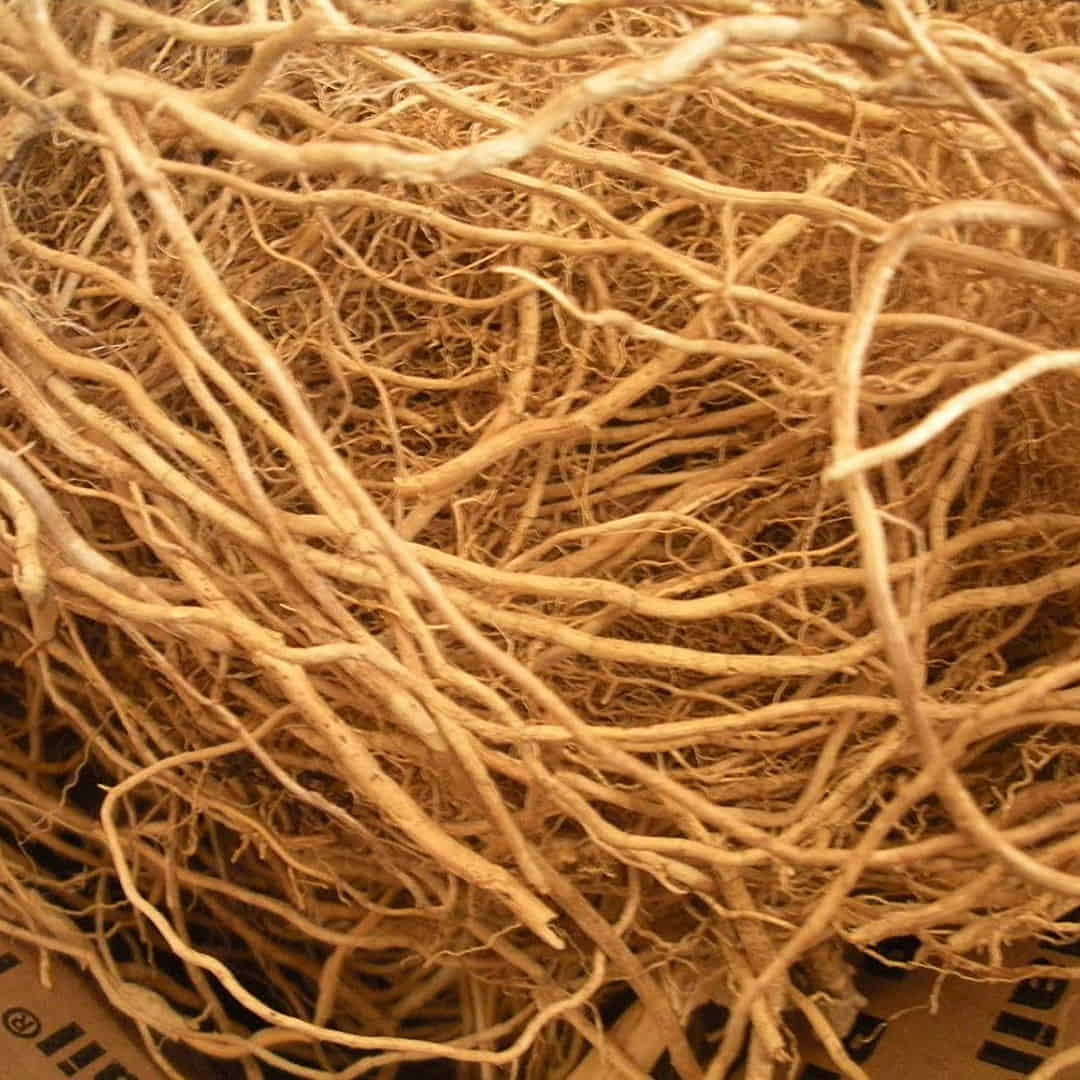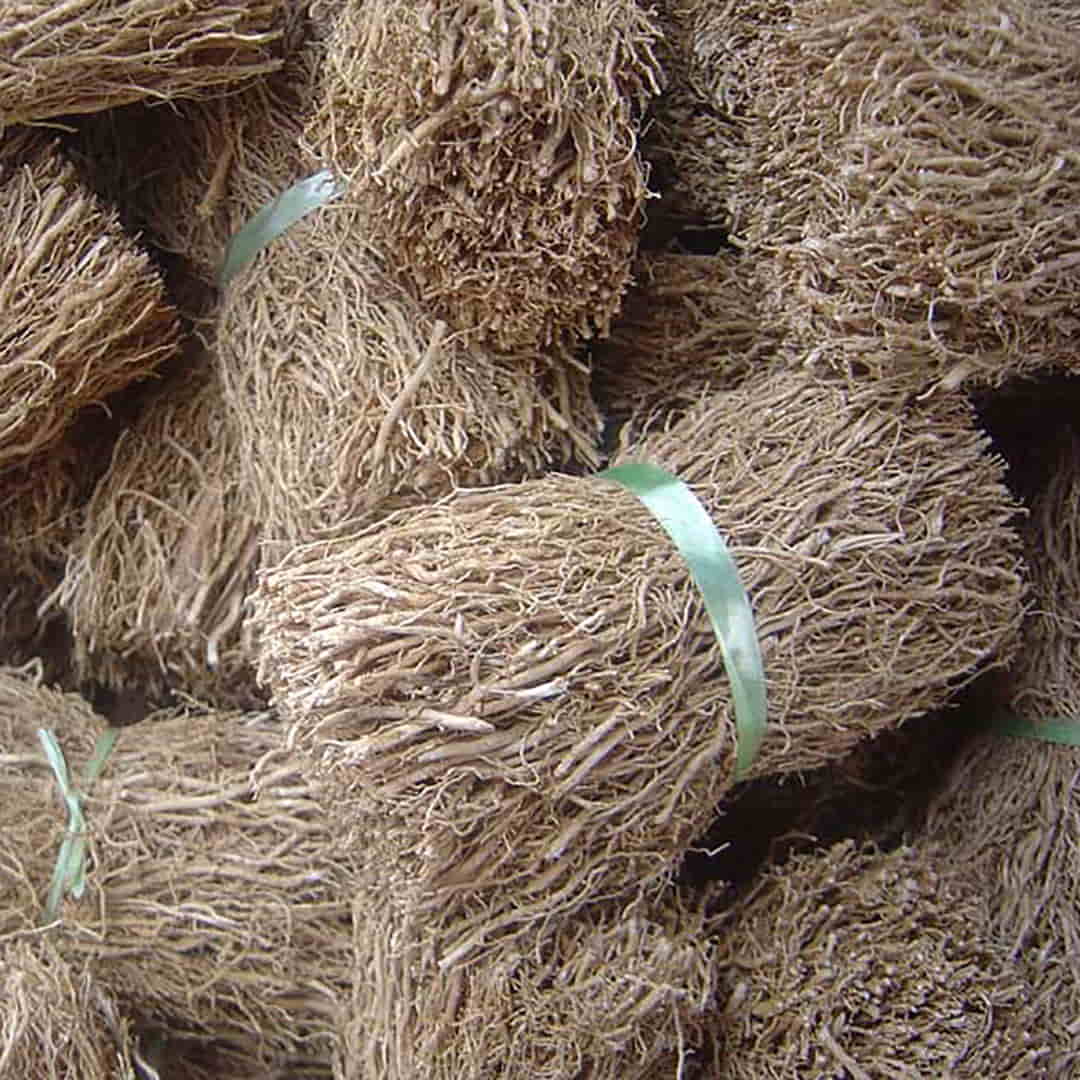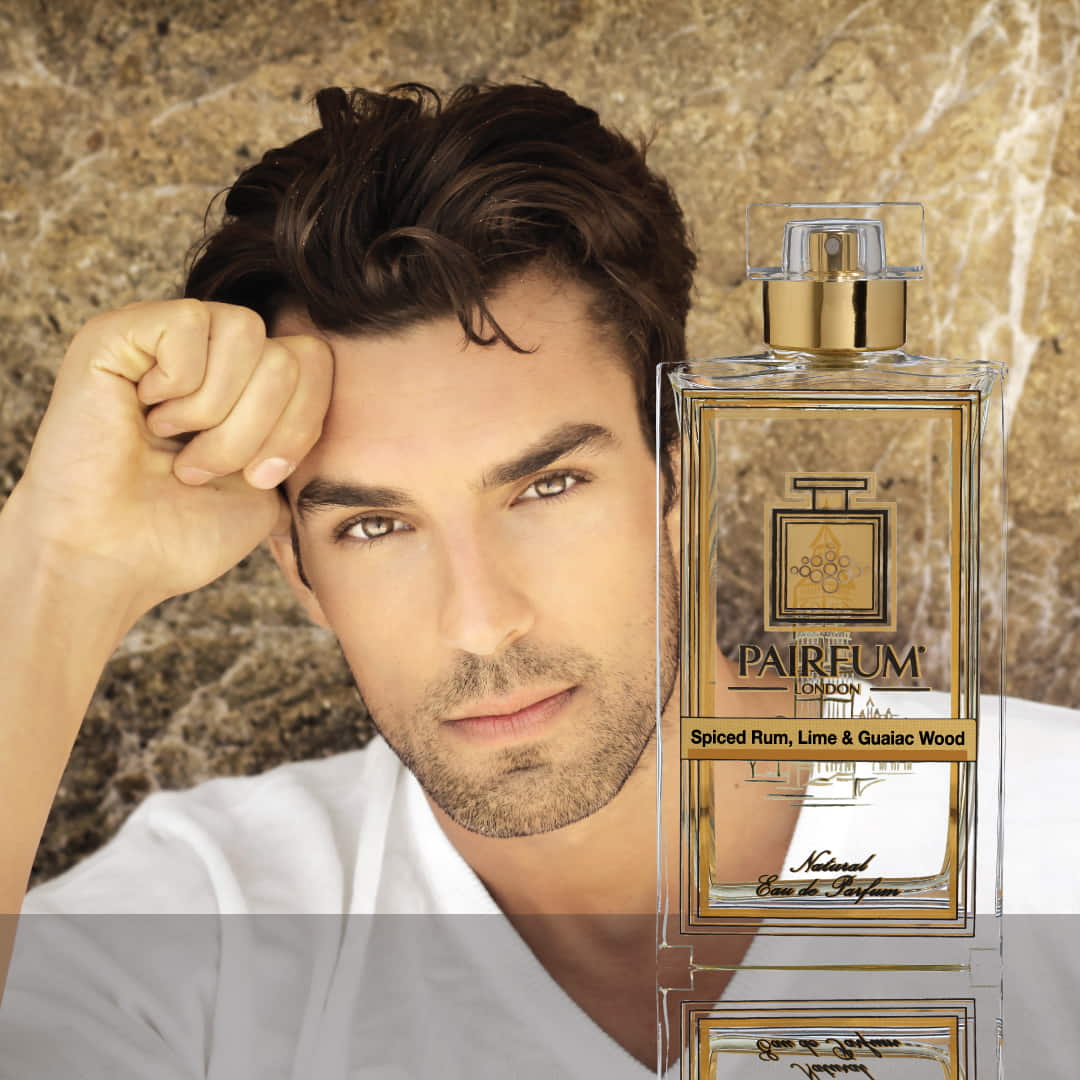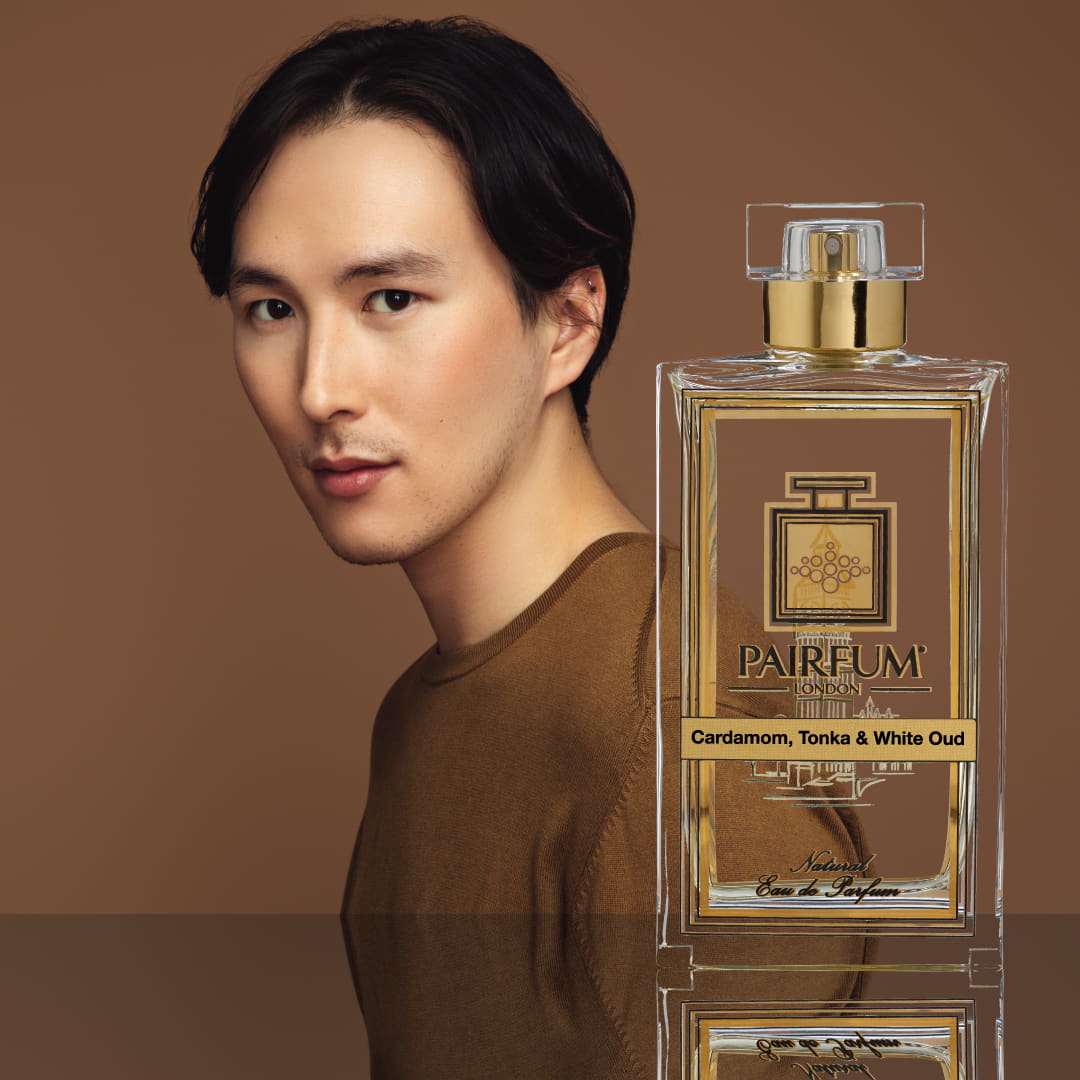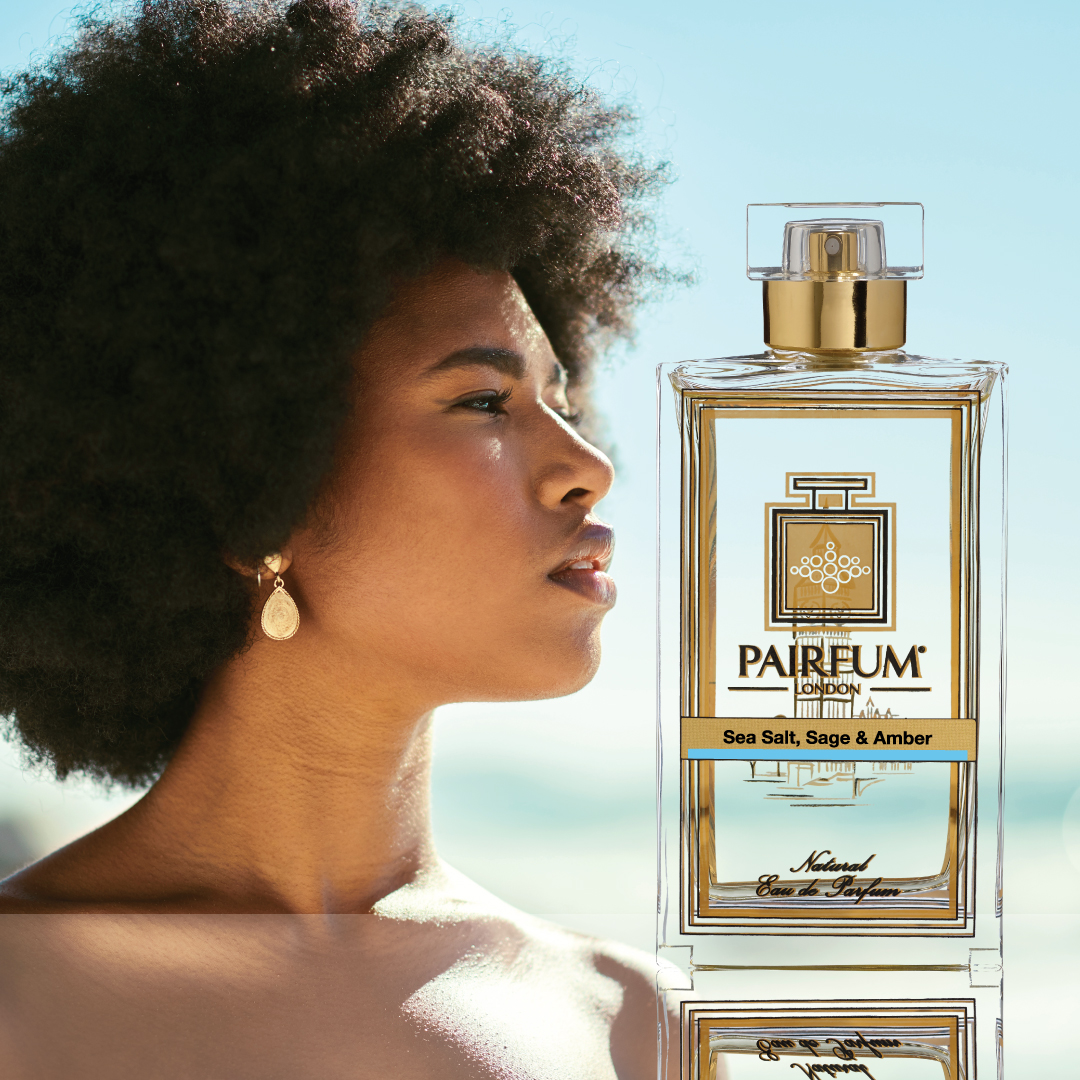The seemingly magical power of fragrances to create an emotive response or capture our attention is a captivating aspect of the human experience. The influence of a carefully crafted scent has the ability to transport us to faraway places and evoke treasured memories, often affecting our mood and personal connections simultaneously.
As a boutique perfumery house with a finely tuned sensitivity for the taste and ‘zeitgeist’ in fragrance, we appreciate the intricate relationship between fragrances, emotions, and attraction.
Journey with us as we explore the science behind the effects of fragrances on mood and attraction, delving into the complex interplay between memory, emotions, and the sense of smell. Uncover the secrets that lie at the heart of our emotive connections to fragrances, revealing their enduring power over our perceptions and experiences.
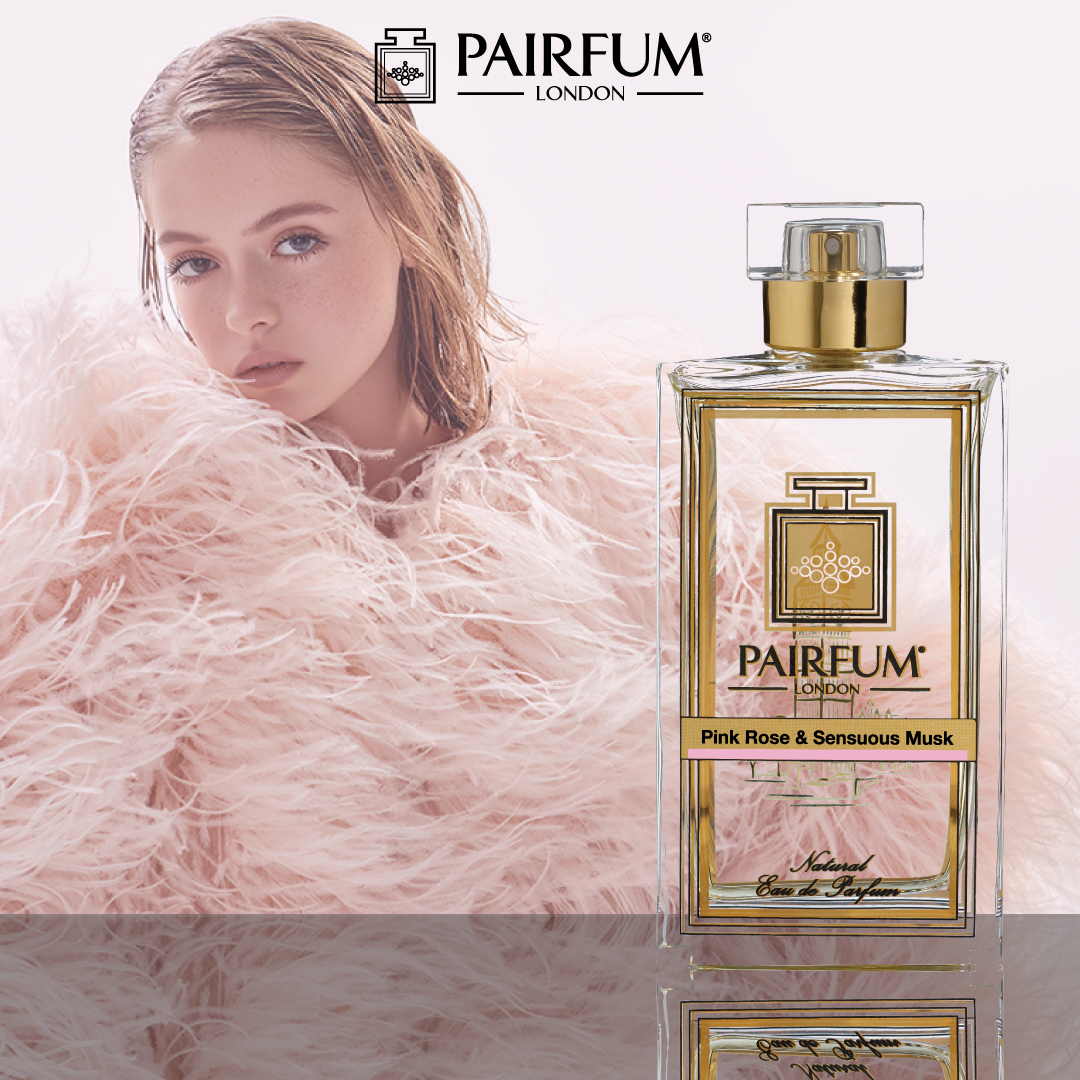
1. The Olfactory System: Entwining Smell, Emotions, and Memory
To appreciate how fragrances affect our mood and attraction, it is essential to understand the workings of our olfactory system, which is responsible for our extraordinary sense of smell. Odours are perceived when airborne molecules travel to the olfactory receptors located in the nasal cavity, sending signals to the brain. One reason why fragrances have such an impact on our emotions is due to the close anatomical connection between the olfactory bulb, responsible for processing smell, and the limbic system, which deals with emotions and memories.
The limbic system, comprising the amygdala and hippocampus, plays a crucial role in emotional processing, learning, and memory. As a result, when we encounter a fragrance, the brain registers not only the odour but also any associated emotions and memories. This intricate neural dance explains the powerful influence of fragrances on our mood and interpersonal connections.

2. Fragrances and Mood: A Symphony of Aromas and Emotions
Various fragrances evoke different moods and emotions due to the nature of their aroma compounds and how our brain interprets them. Research has shown that particular fragrances have the power to elicit a range of emotions, from relaxation to revitalisation.
For example, lavender and chamomile fragrances are broadly recognised for their calming abilities, often helping to alleviate stress and promote sleep. Conversely, invigorating notes of citrus fruits, such as lemon and orange, serve to energise and uplift the mood, while stimulating the mind.
Furthermore, fragrances boasting earthy and woody notes, including sandalwood and patchouli, can cultivate a sense of grounding and connectedness to nature, while musky or spicy aromas, like those found in what’s generally referred to as masculine perfumes, promote a sense of warmth and sensuality.

3. Pheromones and Attraction: The Invisible Influence of Aromatic Chemistry
One aspect of fragrances and attraction lies in the mysterious world of pheromones, which are naturally occurring chemical signals secreted by animals, including humans, to communicate various messages, such as those of alarm, territory marking, or even mating. These odourless chemicals, detected by our vomeronasal organ (VNO) in the nasal cavity, play a significant role in our subconscious attraction to others.
While many commercial perfumes do not contain pheromones, they may contain aroma compounds that imitate the effect of pheromones, subtly influencing attraction and desire. Additionally, the way a particular fragrance interacts with an individual’s body chemistry can evoke the impression of natural pheromones, adding a unique personal touch to the perfume that can ignite attraction.

4. Personal Fragrances, Identity, and Attraction
In modern society, fragrances have further evolved into a powerful tool for self-expression, allowing individuals to cultivate a unique scent profile that reflects a specific mood, personality, or identity. As a result, personal fragrances can significantly affect attraction through the creation of a magnetic olfactory aura that communicates specific qualities, such as confidence or sensual appeal.
For example, the deep, warm, and sophisticated aromas found in masculine perfumes often evoke an air of strength, assertiveness, and allure, qualities that are traditionally associated with attractiveness. Moreover, the interplay between a chosen fragrance and personal chemistry creates an enigmatic, multi-layered olfactory experience that can form a memorable impression, serving as an enduring stimulus for romantic or emotional connections.
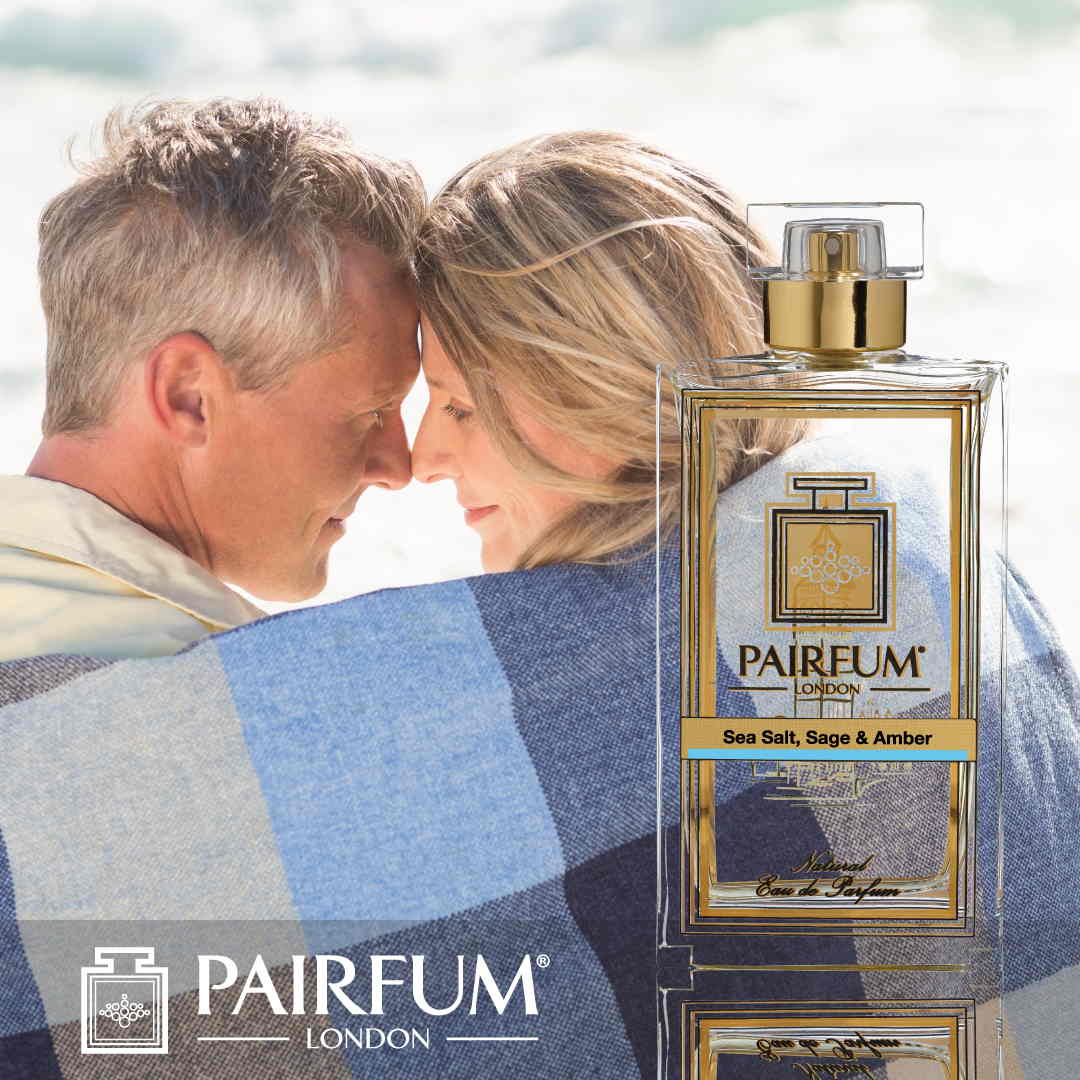
5. Fragrances and Memory: Sensory Time Travel
Beyond pheromones and self-expression, the impact of fragrances on attraction is intimately connected to the role of olfaction in memory recall. As previously mentioned, our olfactory and limbic systems are intricately linked, resulting in a potent ability to evoke memories and emotions through smell. A particular fragrance can stir up nostalgic feelings, remind us of loved ones, or transport us back to unforgettable moments in our lives – experiences that can influence our emotional state and strengthen our interpersonal connections.
For instance, a fragrance that holds sentimental value for someone may wield immense power in attracting them, as the memories and emotions it evokes are inextricably linked to the scent itself. This fascinating neural interplay between odours, memory, and emotions forms the essence of attraction – transcending the conscious mind and striking a profound emotional chord.
By understanding the multifaceted relationship between fragrances, emotions, and attraction, we can appreciate the alchemy that transforms carefully crafted aromas into a powerful, emotive, and mesmerising experience. In embracing the union of fragrance and emotions, we can better appreciate the enchanting world of perfume and the enduring impact of olfactory allure.

Unleashing the Power of Fragrance and Emotion
The intricate dance between fragrances, mood and attraction sheds light on the profound impact that carefully crafted perfumes can have on our lives. From evoking treasured memories and transporting us to different realms of emotion, to fostering connections, fragrances have an undeniable power to enchant, captivate, and create lasting impressions.
Embark on your own sensory journey and harness the enchanting essence of these perfumes by exploring our lovingly created collection of boutique fragrances, designed with a discerning sensitivity for the taste and ‘zeitgeist’ of perfume. Get your men’s fragrance gift sets at Pairfum London.
